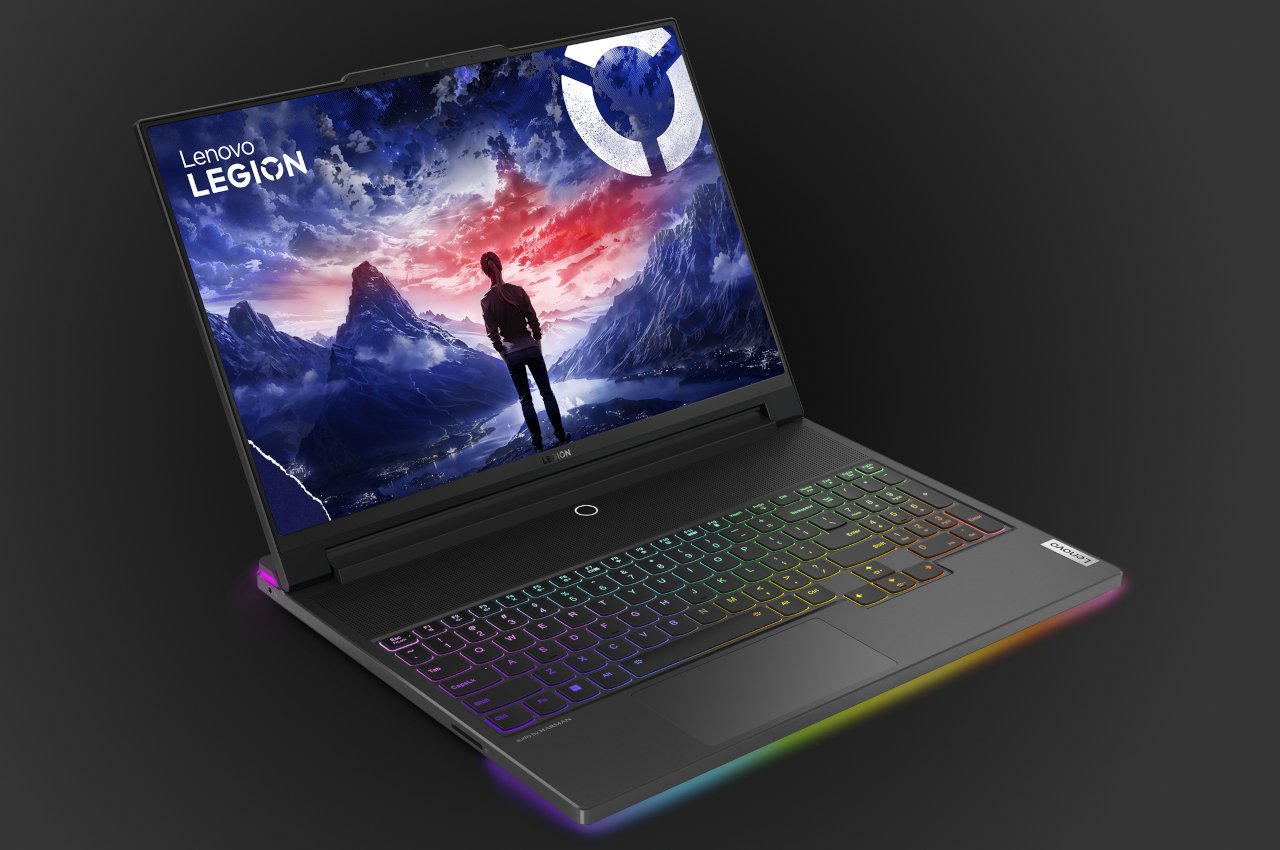
In a significant expansion of its gaming hardware offerings, Lenovo has unveiled an extensive new gaming ecosystem at CES 2024, anchored by its latest PC lineup that includes advanced AI technologies and a pioneering thermal solution. The announcement highlights the Lenovo Legion 7i and Lenovo Legion 5i laptops, along with a full suite of gaming devices, software, and services designed to empower gamers under the new mantra ‘Reach Your Impossible.’
The newly debuted products, compatible with Microsoft Windows 11, are a comprehensive blend of power, thermal efficiency, cutting-edge graphics, AI-driven enhancements, and customizable options. This array allows gamers to construct their ultimate gaming setup. Central to the portfolio are the 9th generation Lenovo Legion 16-inch gaming laptops and towers, which cater to a range of gaming needs:
- For Balanced Gaming and Work: The Lenovo Legion 7i, Lenovo Legion 5i, and Lenovo Legion Slim 5 are tailored for gamers who demand a machine capable of handling intense gaming sessions and demanding STEM applications.

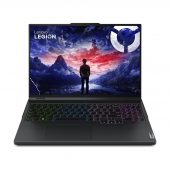
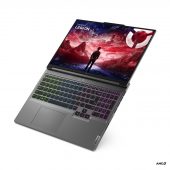
- For Uncompromised Performance: The Lenovo Legion 9i is the go-to choice for those prioritizing peak gaming and content creation experiences.
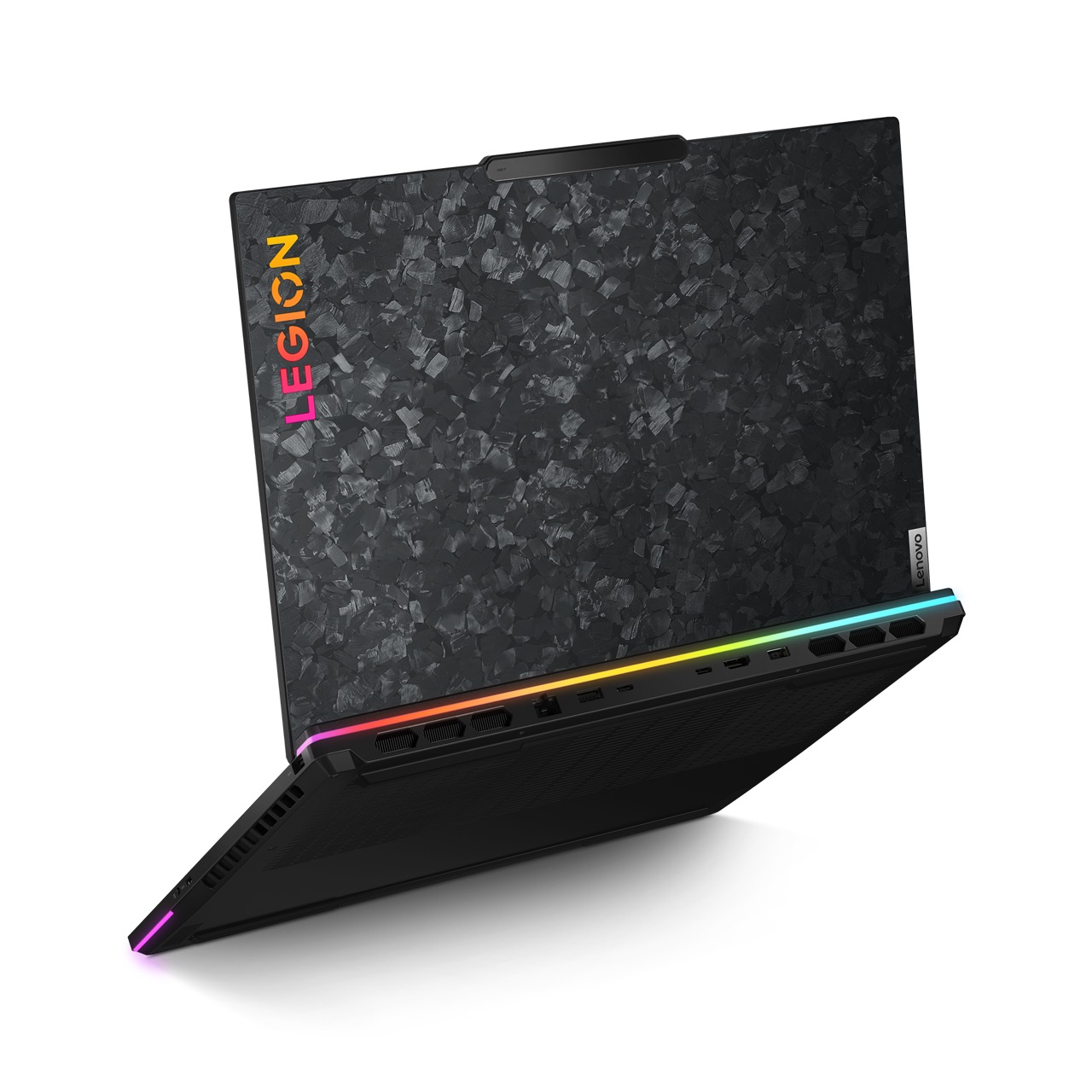
- For Ultimate FPS and Style: The Lenovo Legion Pro 7i and Lenovo Legion Pro 5i target gamers seeking top-tier frame rates, aesthetics, and screen quality.
- For Desktop Power: The Legion Tower 7i and Legion Tower 5i are designed for those who require the robust power of a high-end gaming tower PC.
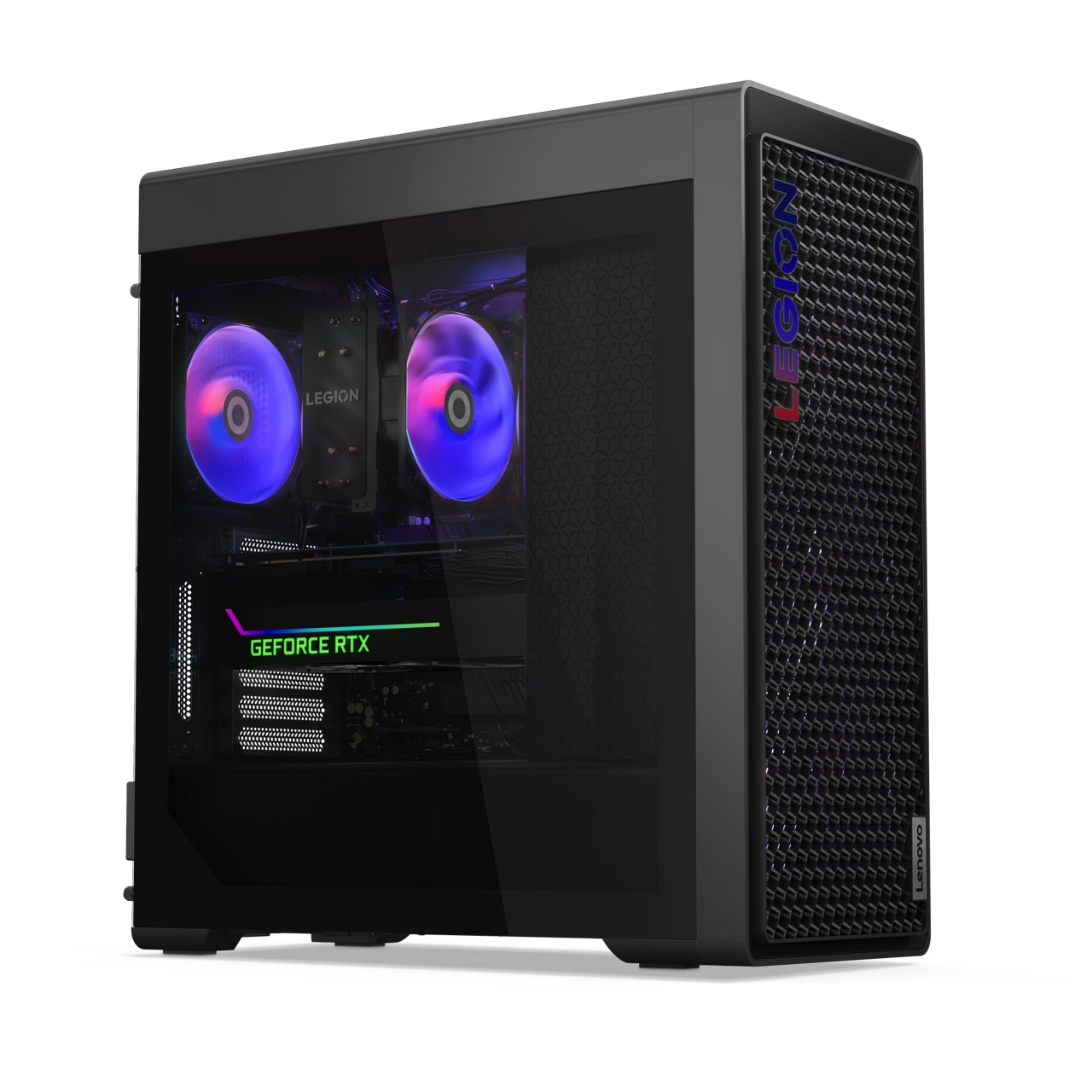
Expanding the ecosystem are the Lenovo LOQ 15IRX9, Lenovo LOQ 15IAX9I, Lenovo LOQ 15IAX9, and Lenovo LOQ15AHP9 laptops, along with the Lenovo LOQ Tower 17IRR9, aimed at gamers climbing the competitive leaderboards. New accessories like the Lenovo Legion M410 Wireless RGB Gaming Mouse, Legion K510 Pro Mini Keyboard, and the Lenovo AvatarMaster PC software app enhance the gaming experience.
The cornerstone of this lineup is Lenovo’s proprietary hardware AI chips, the LA AI chips, which debuted at last year’s CES. This year, they return with enhanced capabilities, enabling Lenovo Legion and Lenovo LOQ laptops to reach new heights in FPS, power efficiency, and overall performance.
The Lenovo Legion 9i: A Peak of Gaming Innovation.
Continuing its tradition of pushing boundaries in gaming technology, the Legion 9i is a gaming laptop that redefines the user experience through advanced AI integration and powerful hardware. The upgraded LA3-P AI chip is at the heart, introducing the groundbreaking Scenario Detection feature. This technology dynamically adjusts the power distribution between the CPU and GPU, optimizing performance based on the user’s current activity. This intelligent power management is complemented by Smart FPS, a feature that analyzes the FPS output in games, balancing power usage between hardware components to maximize FPS.
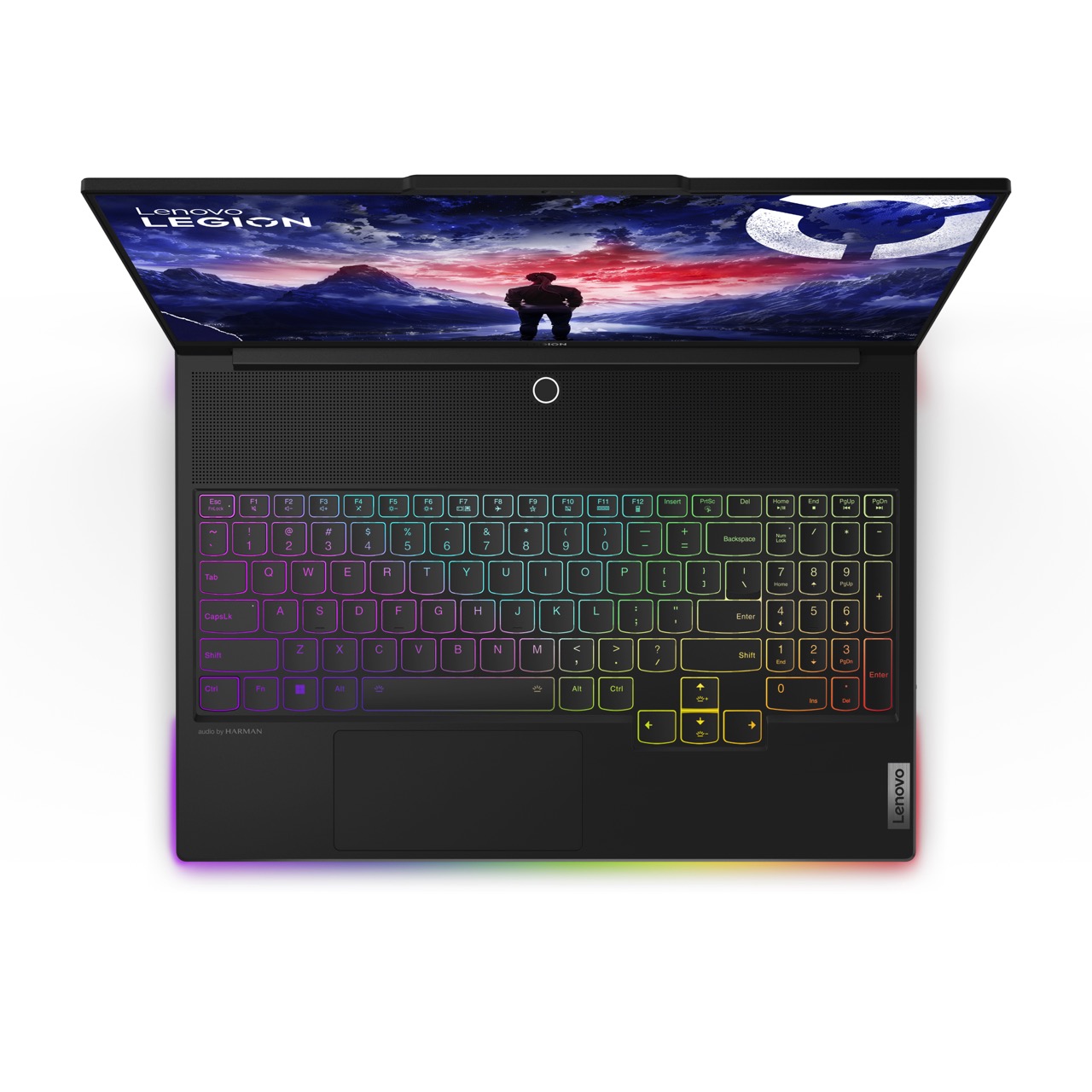
Another highlight is the Lighting Audio Sync capability, enabled by the Lenovo LA3-P AI chip. This feature synchronizes the laptop’s RGB lighting with the audio output, creating an immersive gaming atmosphere. Additionally, Legion Aurora Sync uses AI to harmonize on-screen visuals with the keyboard and environmental RGB lighting.
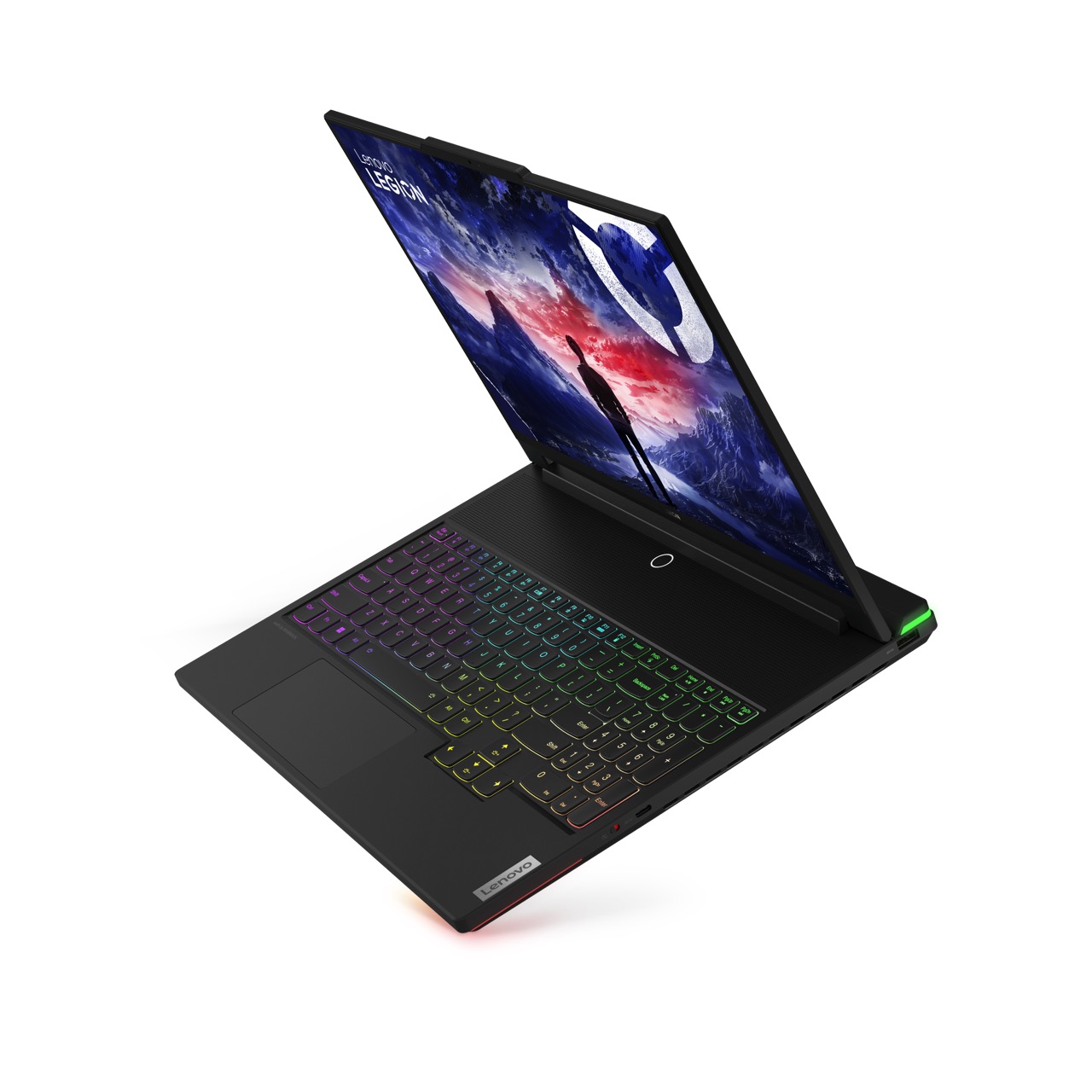
Gamers also have access to Smart Control, allowing them to swiftly toggle between various preset power profiles, including a customizable mode. These settings, including fan speed and thermal modes, are easily managed through the Lenovo Vantage interface, giving gamers complete control to tailor their gaming experience.
The latest laptop model boasts top-tier hardware specifications, including the latest Intel Core Gen i9-14900HX CPU and a powerful NVIDIA GeForce RTX 4090 GPU. The laptop sports a 3.2K 16:10 165Hz VRR Mini-LED PureSight display and supports up to 64GB of 5600Mhz DDR5 Memory and up to 2TB of Gen4 PCIe storage. It’s powered by a robust 99.99Whr battery, while the 230W TDP is efficiently managed by the LA3-P AI chip, ensuring optimal power distribution.
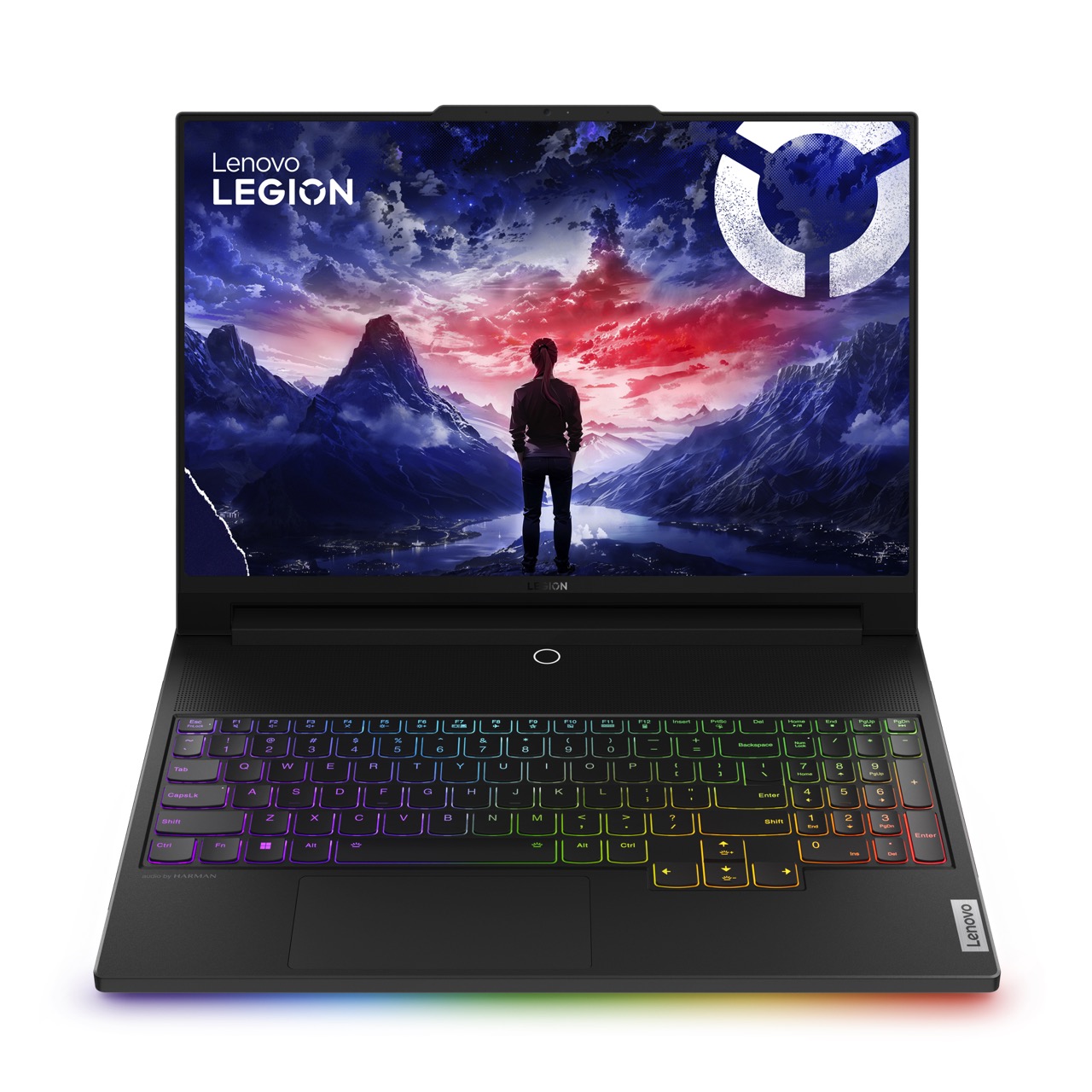
The design of the Legion 9i is equally impressive, with a TrueStrike keyboard that offers per-key RGB and 1.5mm key travel and a unique forged carbon top cover that gives each laptop a distinctive look. Weighing in at just 2.5kg (5.51 lbs.), it is as portable as it is powerful.
The Lenovo Legion 9i gaming laptop is designed to fit perfectly into the Lenovo Legion 16″ Functional Gaming Backpack, making it ideal for gamers who are always on the go. You can complete your ultimate gaming setup by pairing it with other Lenovo Legion peripherals like the Y34wz-30 Gaming Monitor, M600s Qi Wireless Gaming Mouse, and Lenovo Legion H600 Wireless Gaming Headset. These peripherals are already available in select markets to complete the ultimate gaming ecosystem for the Legion 9i.
Lenovo Legion Series: The Ultimate All-In-One Gaming Solutions
Gamers require devices that can effortlessly handle demanding AAA games and processor-intensive applications. The Lenovo Legion series, which includes the Lenovo Legion 7i, Lenovo Legion 5i, and Lenovo Legion Slim 5, is designed to meet these diverse needs. These laptops offer a powerful yet portable solution for gamers needing a high-performance device to handle demanding tasks.
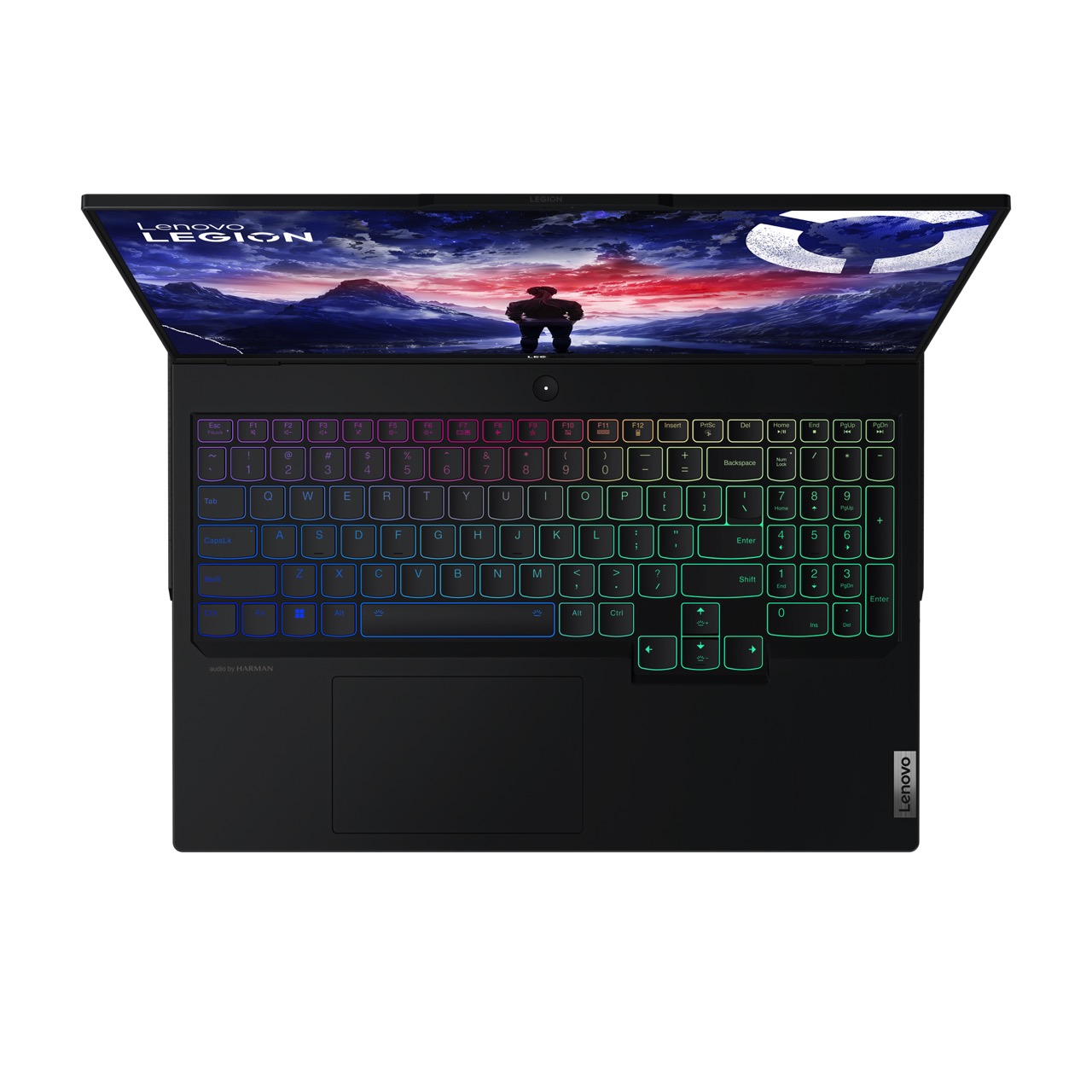
Lenovo Legion 7i and 5i: Power and Portability Combined
- AI-Enhanced Performance: Both models feature Lenovo’s LA AI chips. The Legion 7i has enhanced AI capabilities, including Scenario Detection, Smart FPS increases, and Smart Control, all accessible through Lenovo Vantage for optimal performance customization. The Legion 5i also includes Smart Control, allowing seamless power profile adjustments.
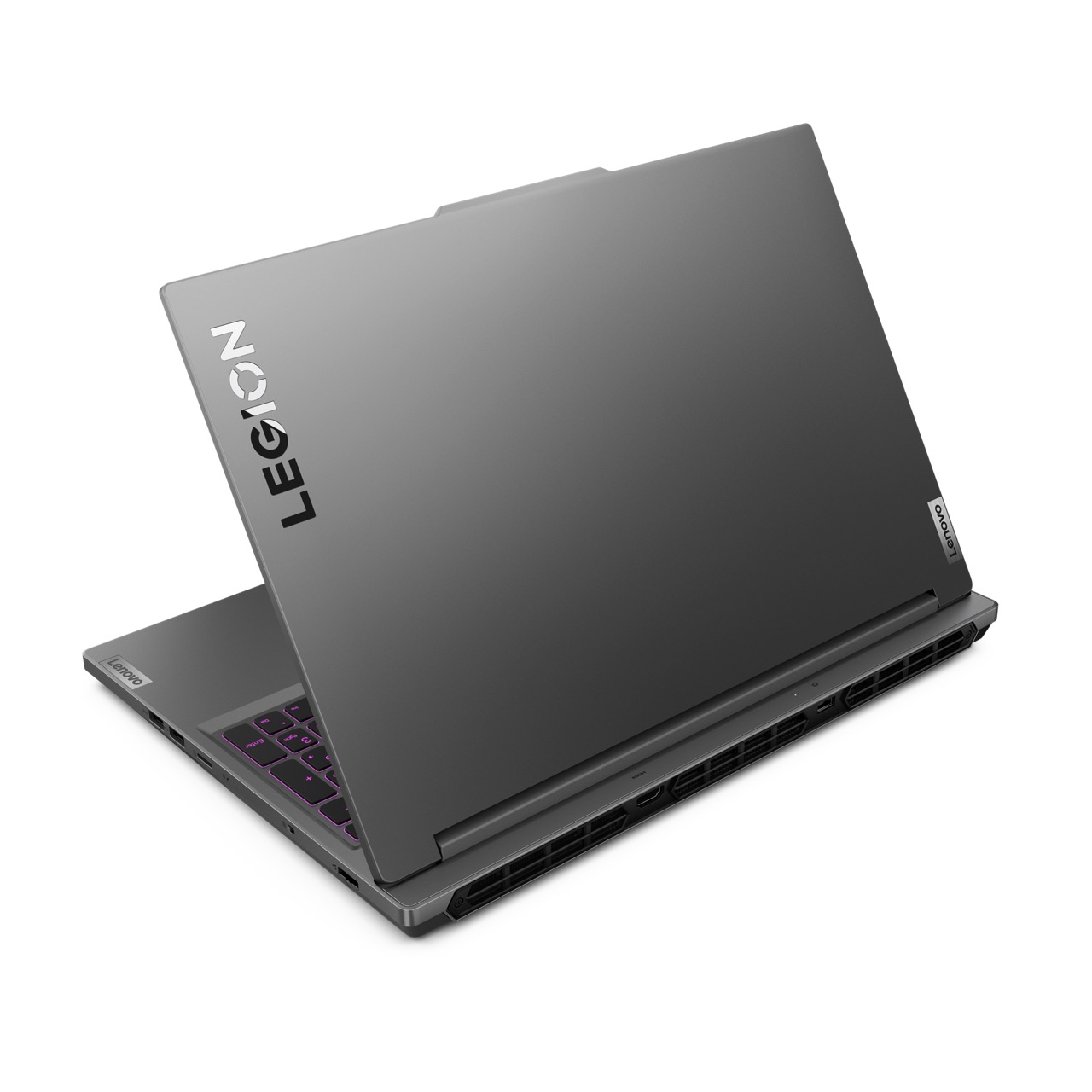
- High-End Hardware: The Legion 7i and 5i are equipped with up to the latest Intel Core i9 14900HX processors, while the Legion Slim 5 features AMD Ryzen
 8040 Series processors. All models come with up to NVIDIA GeForce RTX 4070 graphics, integrating NVIDIA’s RTX AI upscaling and Max-Q technology.
8040 Series processors. All models come with up to NVIDIA GeForce RTX 4070 graphics, integrating NVIDIA’s RTX AI upscaling and Max-Q technology.
- Memory and Storage: Each laptop offers up to 32GB of 5600MHz DDR5 RAM and up to 1TB M.2 2280 PCIe Gen 4 SSD storage.
- Innovative Features: The new Copilot key on the Lenovo Legion 7i keyboard offers easy access to everyday AI assistance.
Enhanced User Experience and Design
- Connectivity and Keyboard: The Lenovo Legion 7i supports up to Wi-Fi 7 and features a TrueStrike keyboard with per-key RGB and 1.5mm key travel. The Legion 5i and Slim 5 come with Wi-Fi 6E and TrueStrike keyboards with up to 4-zone RGB.
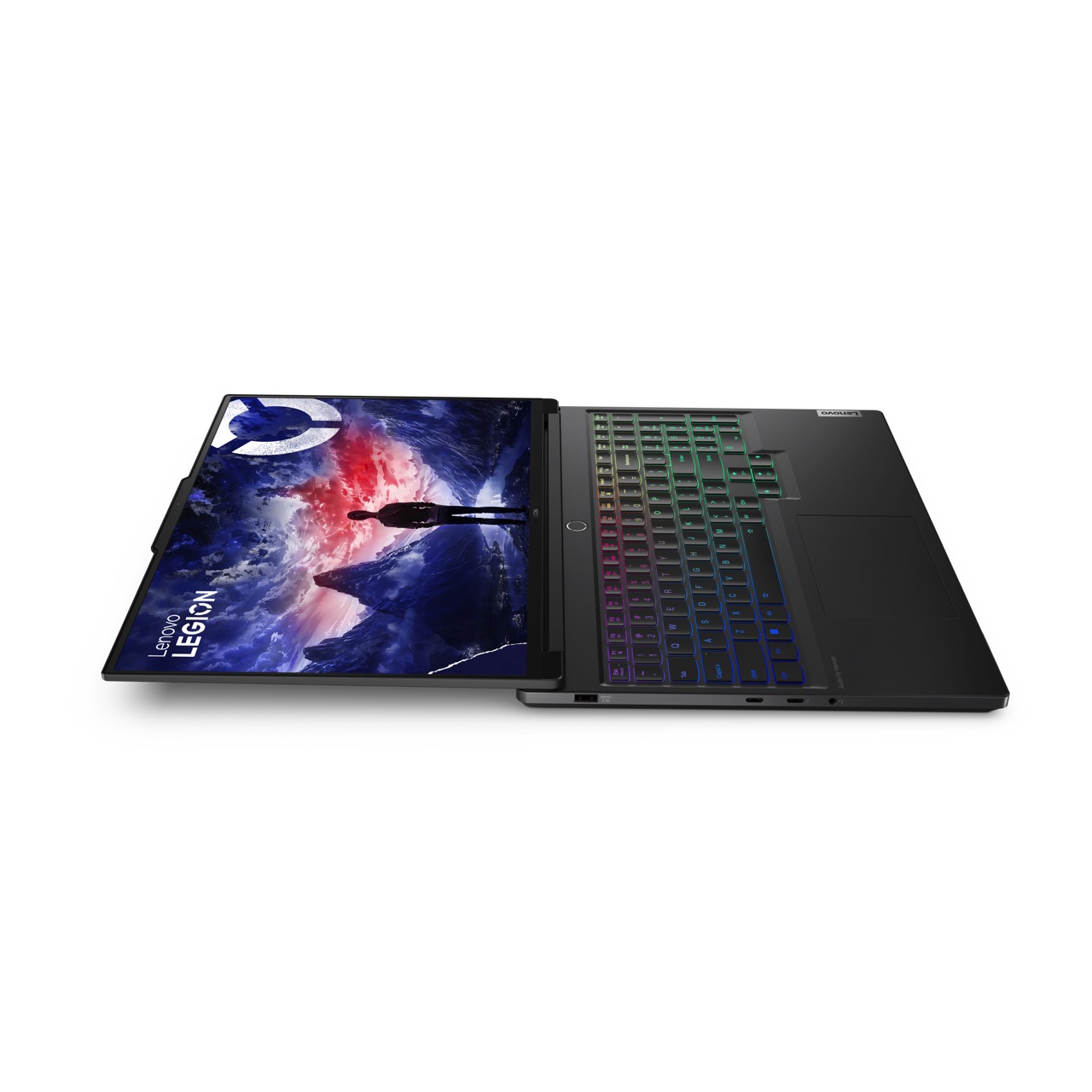
- New Thermal Solution: The “Coldfront: Hyper” thermal technology in the Legion 7i and 5i optimizes heat exchange, leading to higher frame rates and cooler keyboard temperatures even under heavy loads.
Display Innovations
- PureSight Displays: Each model offers color-calibrated PureSight displays. The Legion 7i has options for a 3.2K or WQXGA display with high refresh rates, while the Legion 5i and Slim 5 feature WQXGA displays with eSports Display software for enhanced gaming visuals.
Portability and Peripheral Compatibility
- Backpack and Home Setup: The Lenovo Legion series and Slim 5 laptops fit in the Lenovo Legion Active Gaming Backpack for mobility. They can be set up at home with the Lenovo Legion Y27h-30 Gaming Monitor, Legion M410 Wireless RGB Gaming Mouse, and Lenovo Legion K510 Pro Mini Keyboard for a comprehensive gaming experience.
The Lenovo Legion Tower 5i: A Desktop Powerhouse
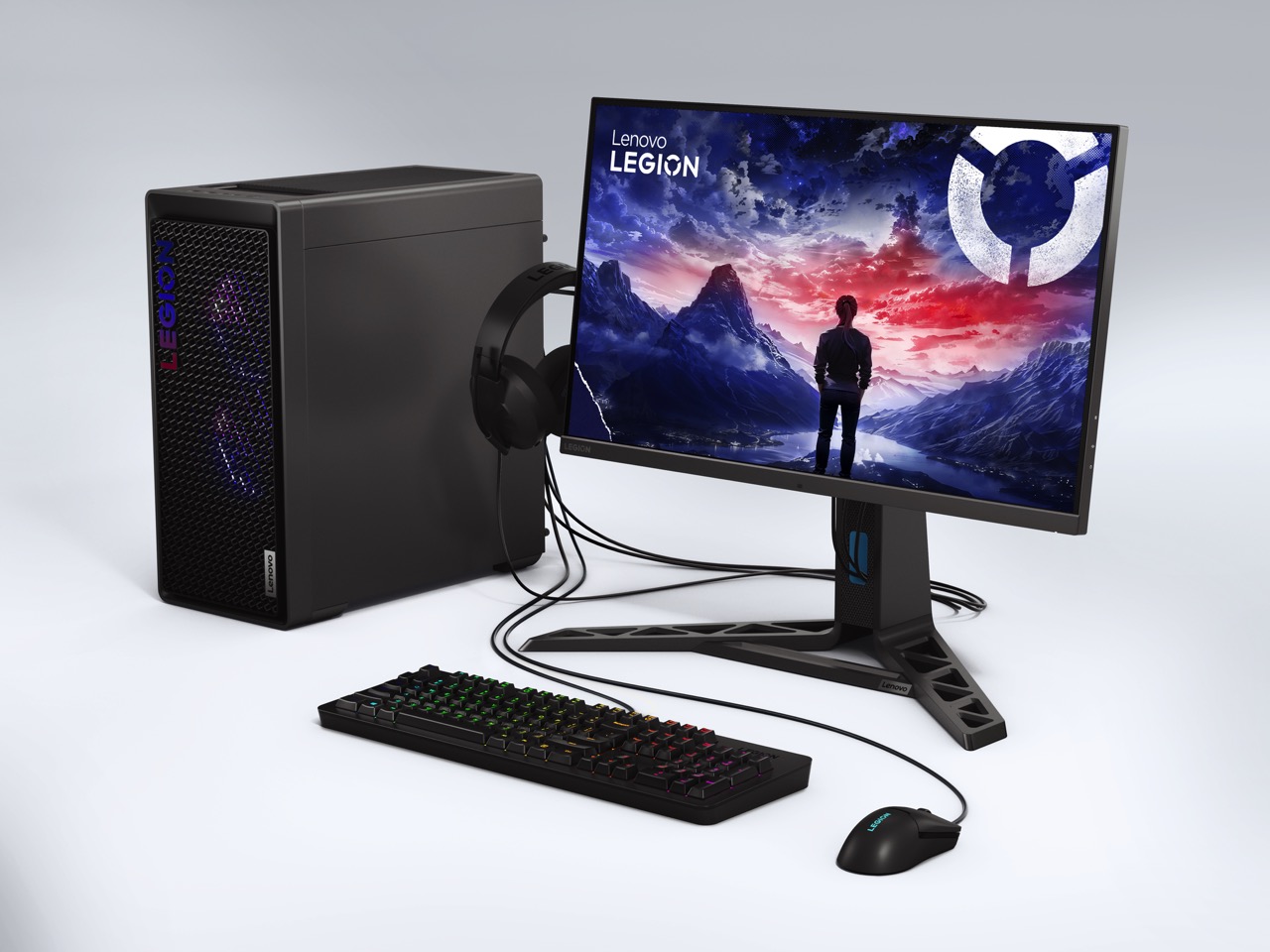
For those who prefer a stationary gaming setup, the Lenovo Legion Tower 5i is a formidable choice. It can be configured with up to 13th Gen Intel Core i9-13900F processors, NVIDIA GeForce RTX 4080 GPUs, and up to 32GB of 5600MHz DDR5 RAM. Its 26L chassis houses an 850W 90% PSU and up to 2TB PCIe NVMe SSD storage, making it a compact yet powerful gaming machine.
Specialized Gaming with the Lenovo Legion Pro Series and Legion Tower 7i
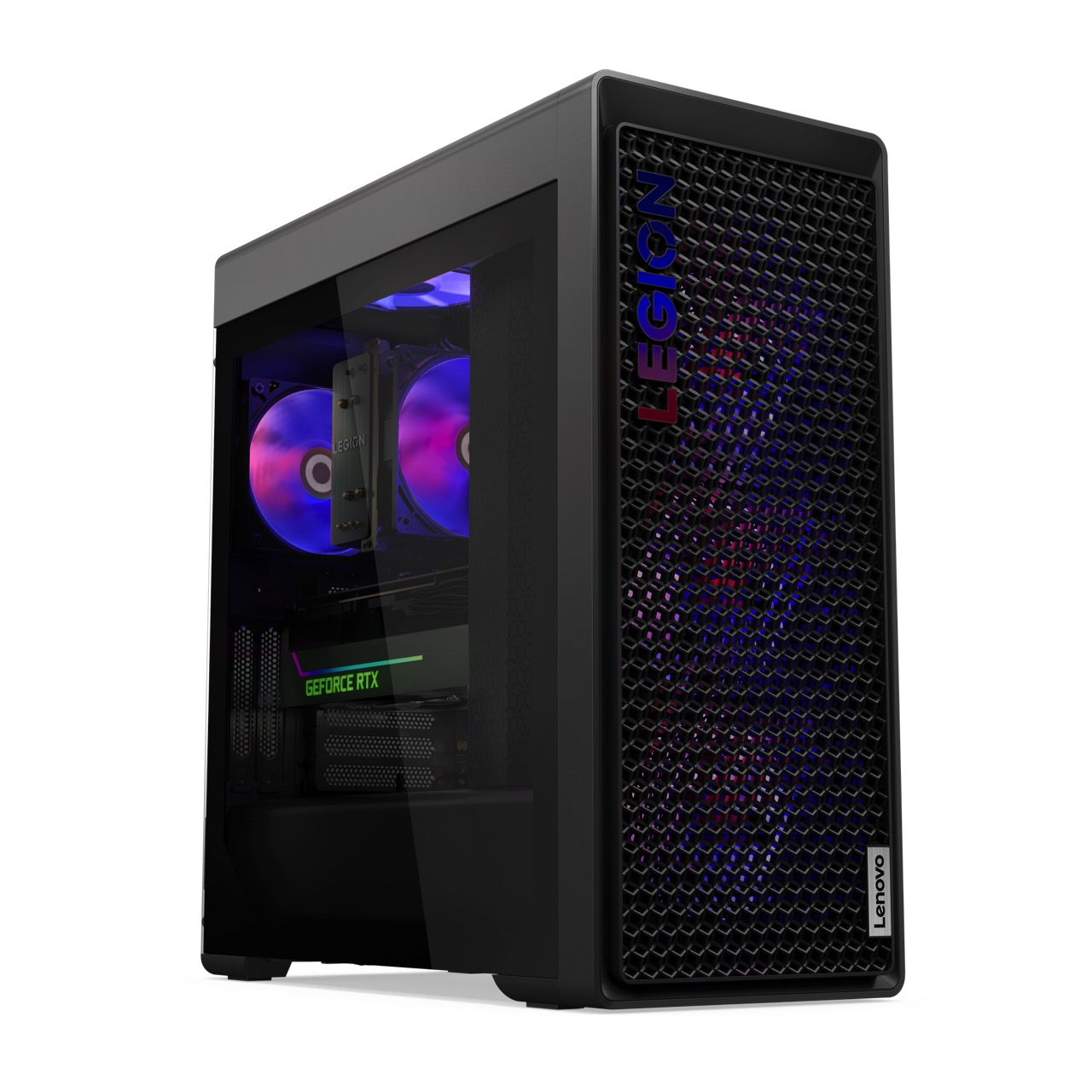
The Lenovo Legion Pro Series and Legion Tower 7i are designed for competitive gamers seeking the upper edge. These devices boast top-of-the-line processors, advanced thermals, and Lenovo AI chips to maintain peak performance. The TrueStrike keyboards on the Pro series laptops feature customizable lighting and keycaps for a tailored gaming experience.
Be ‘You’ with AvatarMaster
Select Lenovo Legion systems, including the Legion 7i and 5i, now come with the AI-powered AvatarMaster app. This innovative software enables users to create and animate a 3D digital avatar, enhancing the streaming and collaboration experience.
Step into Gaming with Lenovo LOQ The Lenovo LOQ lineup, ideal for beginners, includes laptops and towers with various CPU and GPU options. The hyperchamber thermal technology and Lenovo LA1 AI chip enhance performance, while display options and peripheral compatibility cater to all gaming preferences.
Comprehensive Gaming Ecosystem Every Lenovo gaming device is equipped with Windows 11, Xbox Game Pass Ultimate, and Lenovo’s Legion Arena app. Additionally, Nahimic by SteelSeries audio technology enhances communication during gameplay. Lenovo Legion devices also offer Legion Ultimate Support, while LOQ devices come with Lenovo’s Premium Care for comprehensive assistance and support.
The post Lenovo Unveils a Legion of Gaming Ecosystem at CES 2024 first appeared on Yanko Design.


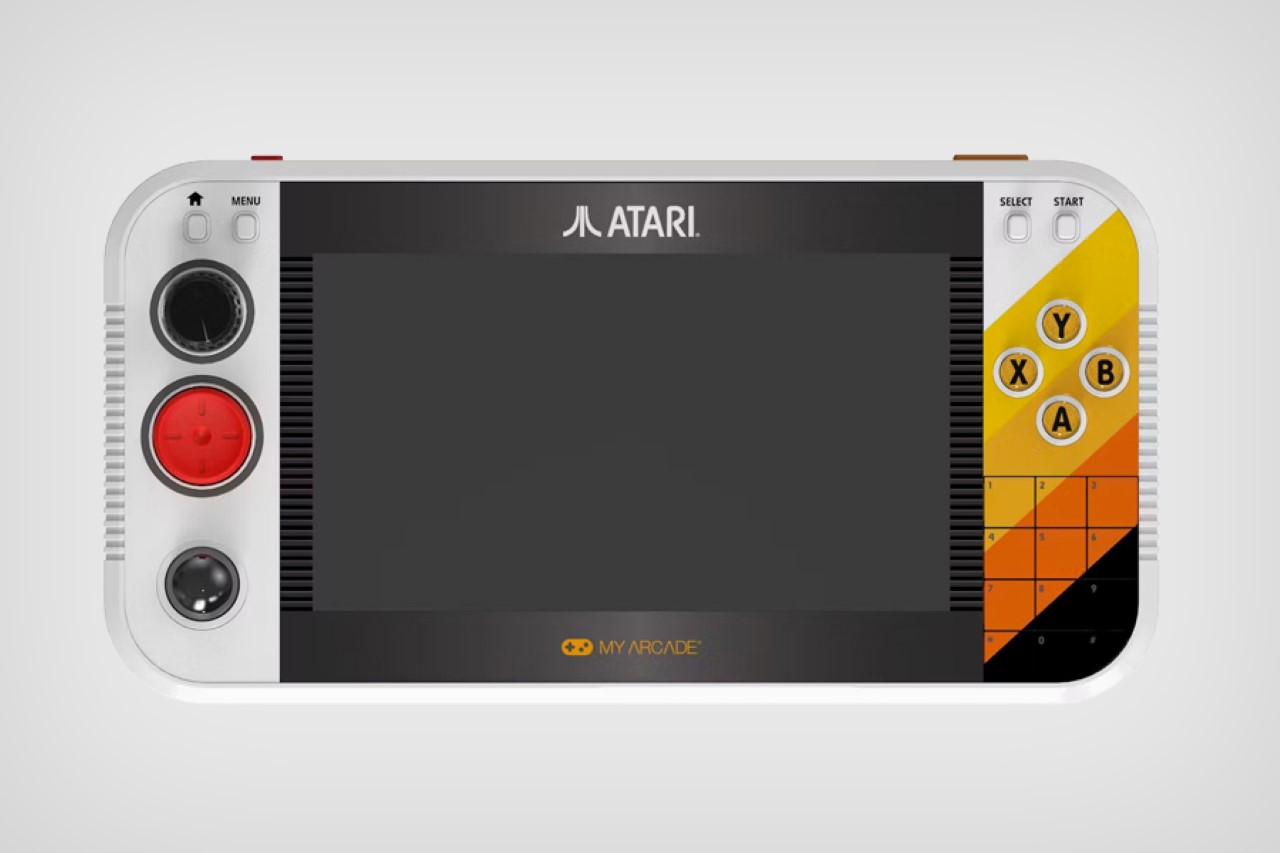
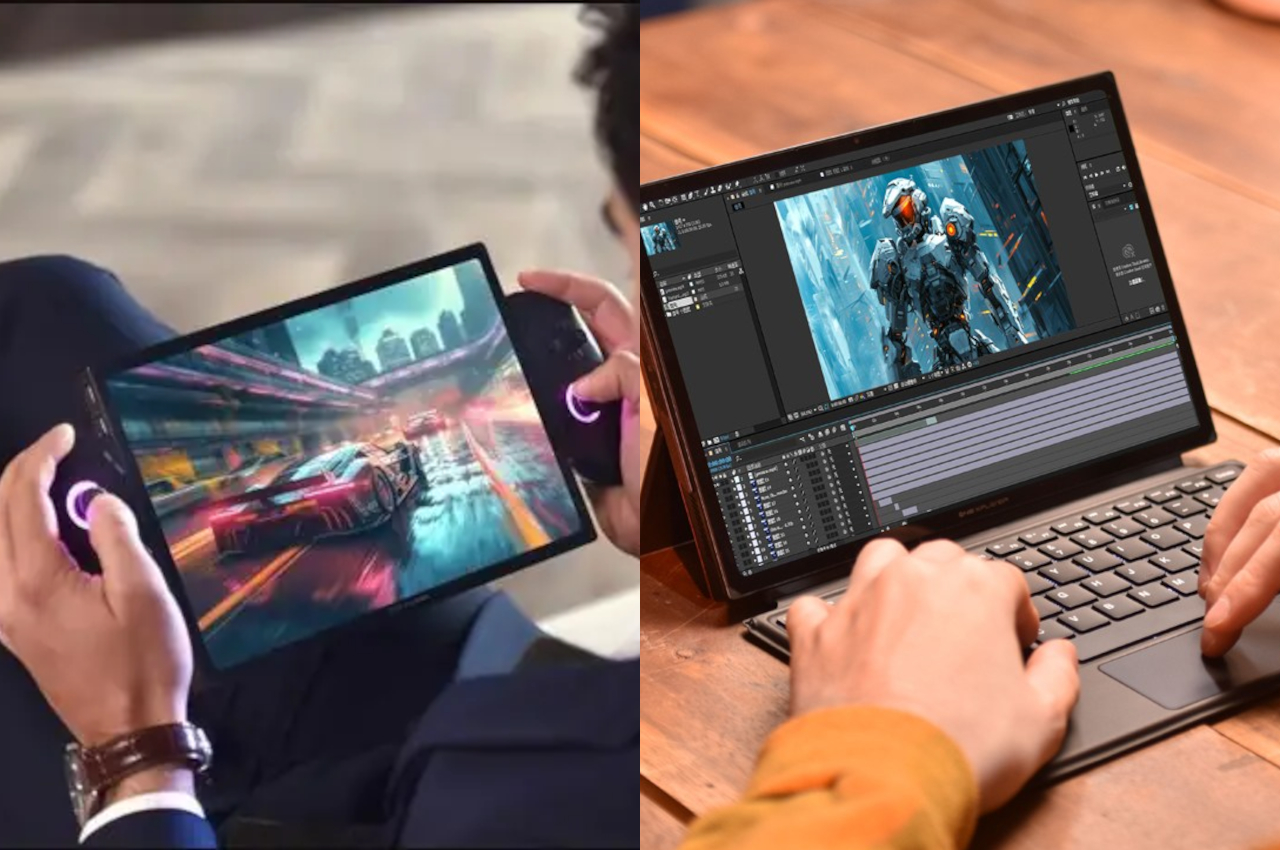

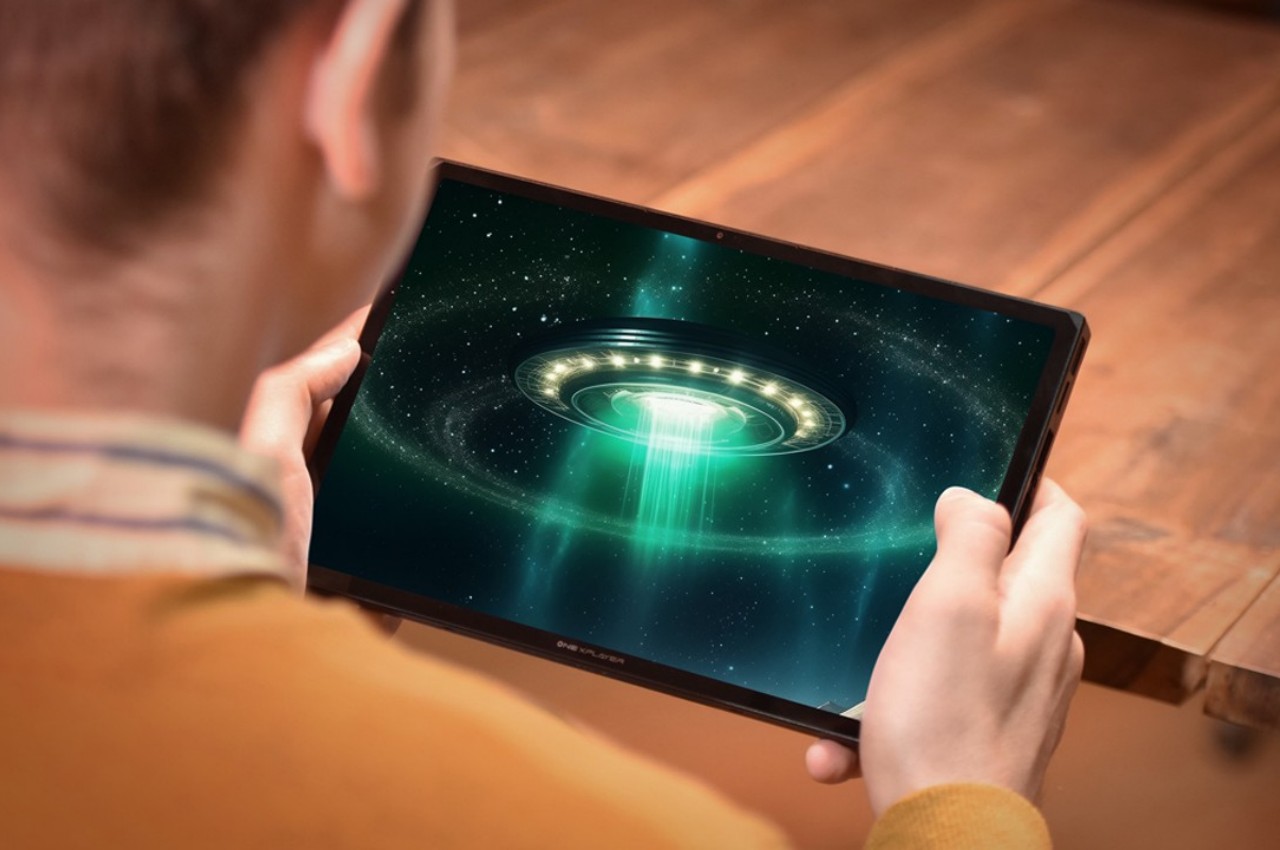
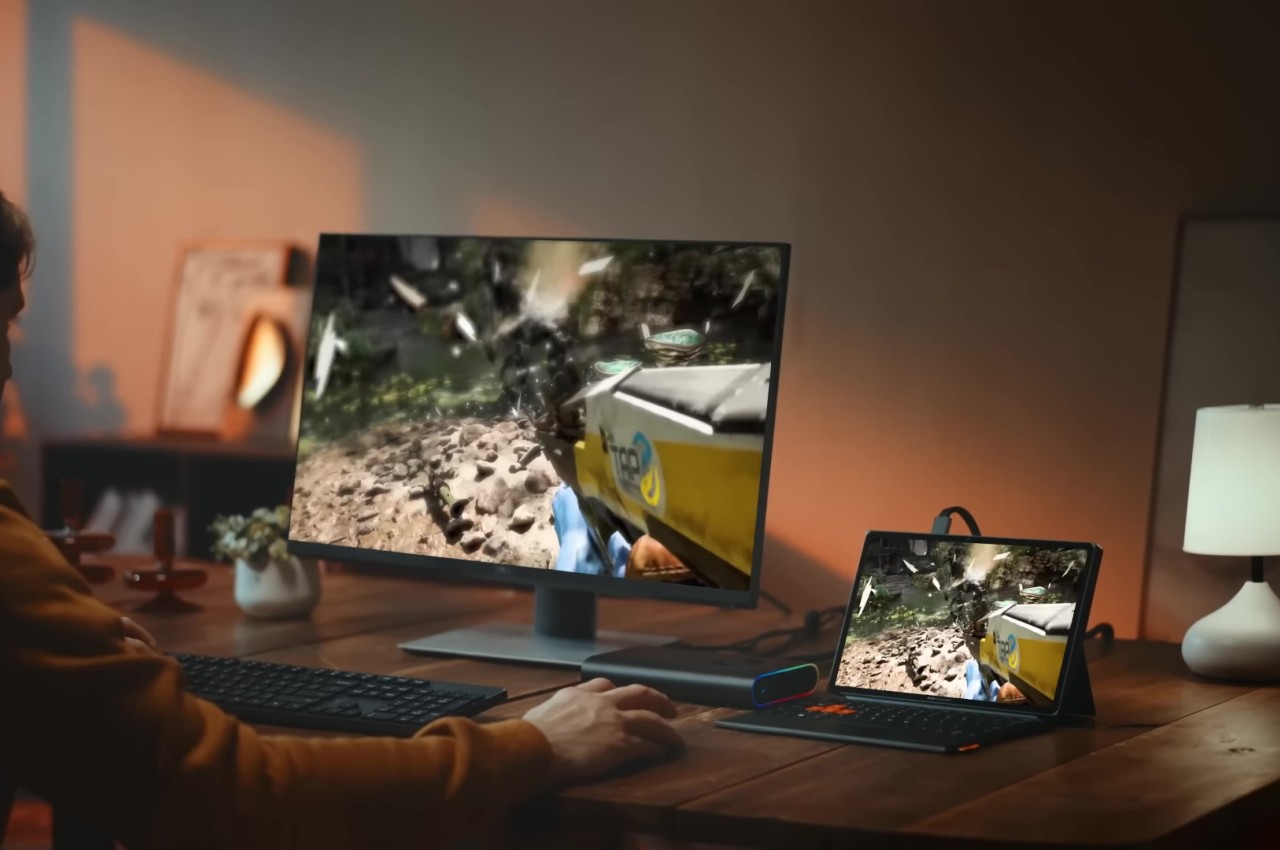

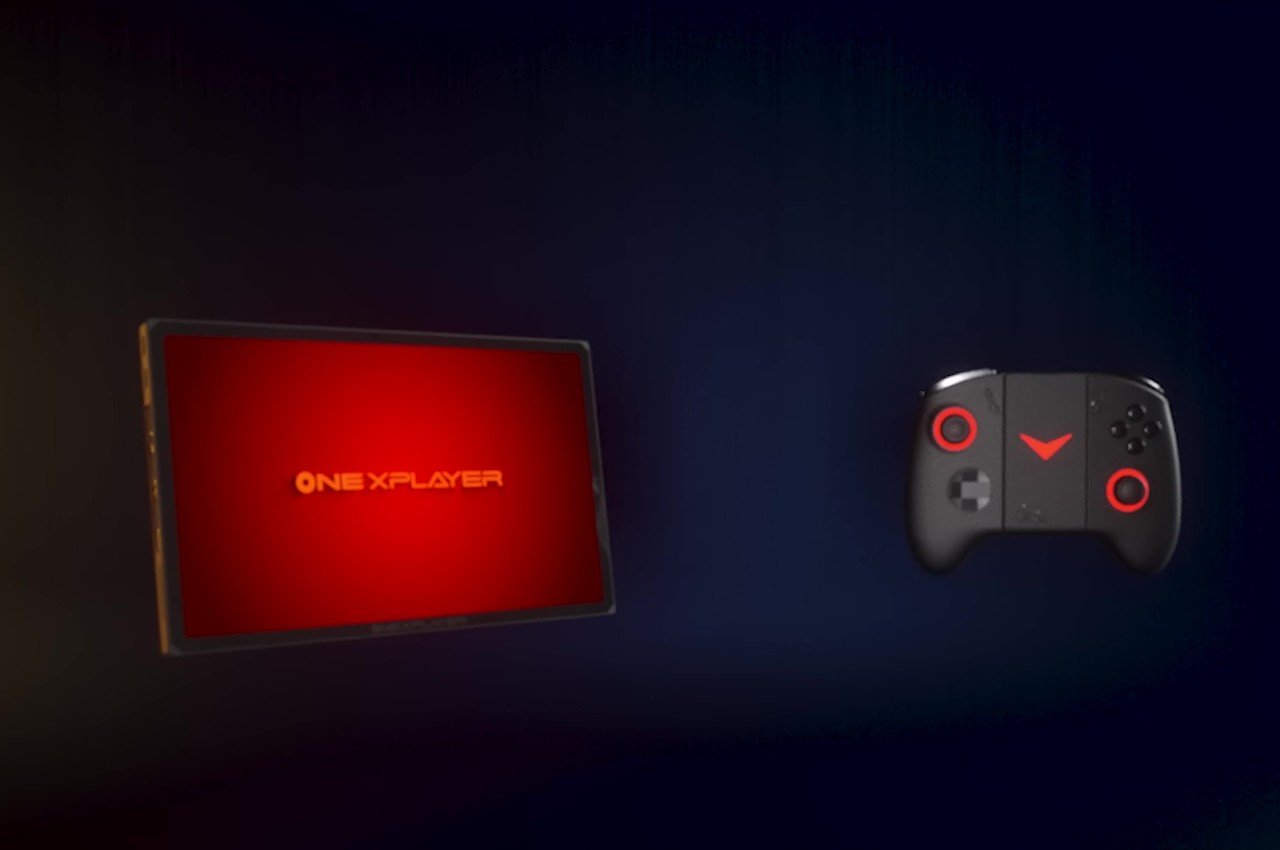
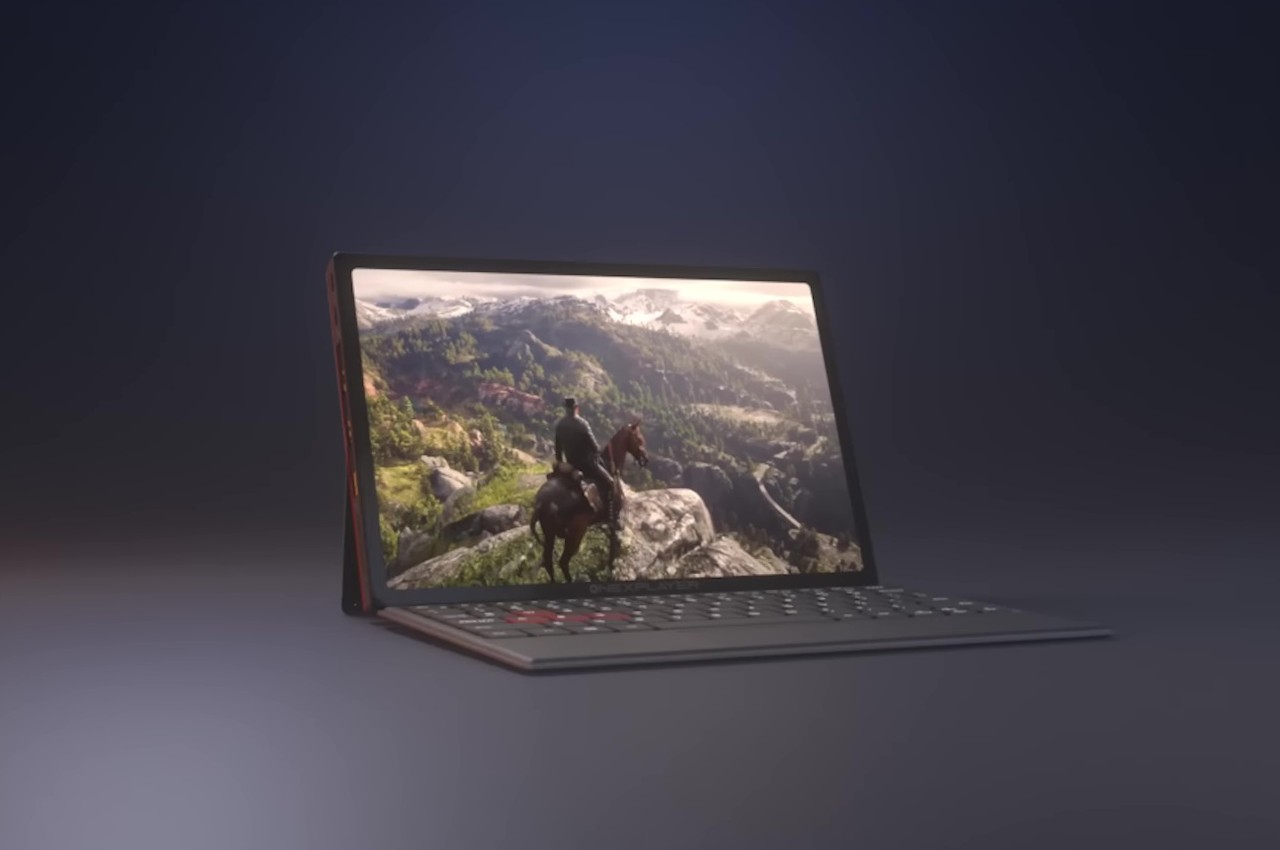


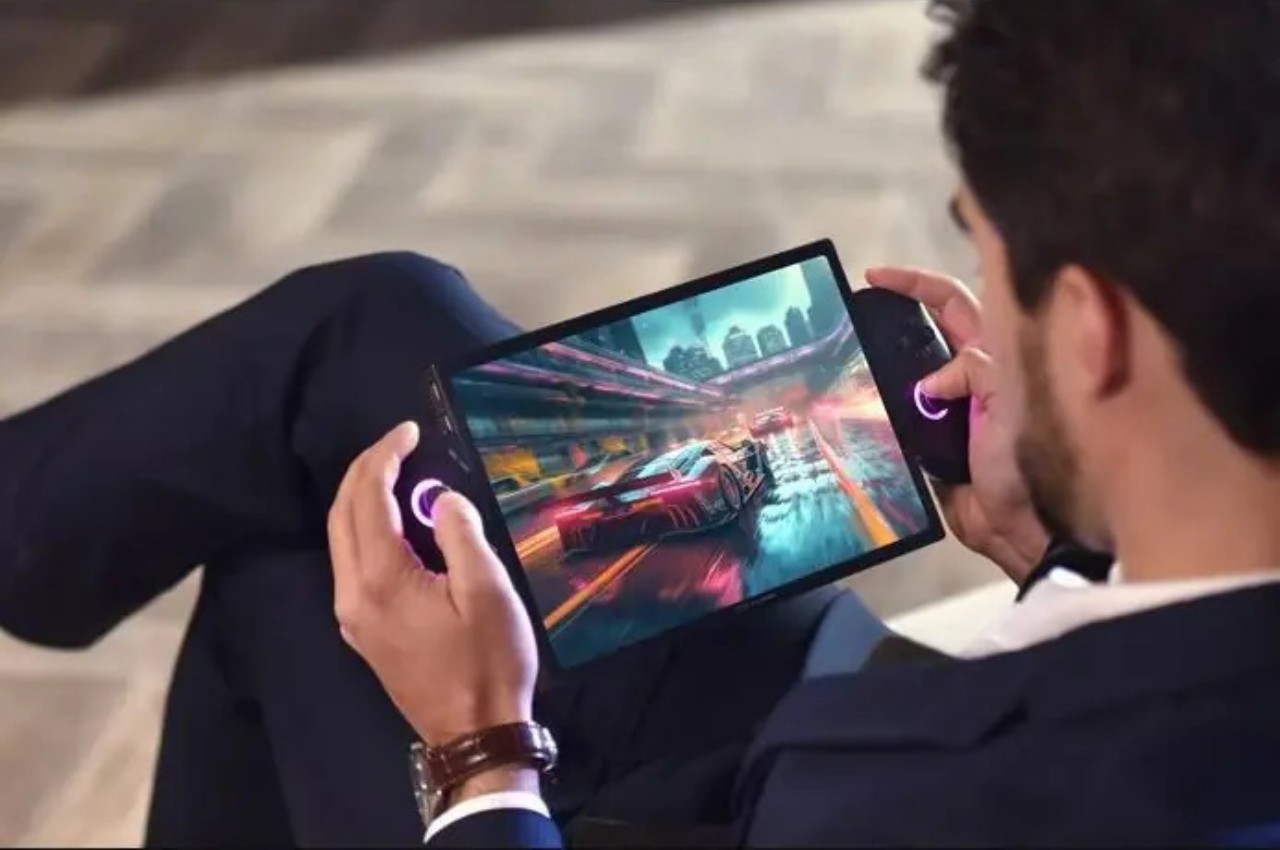
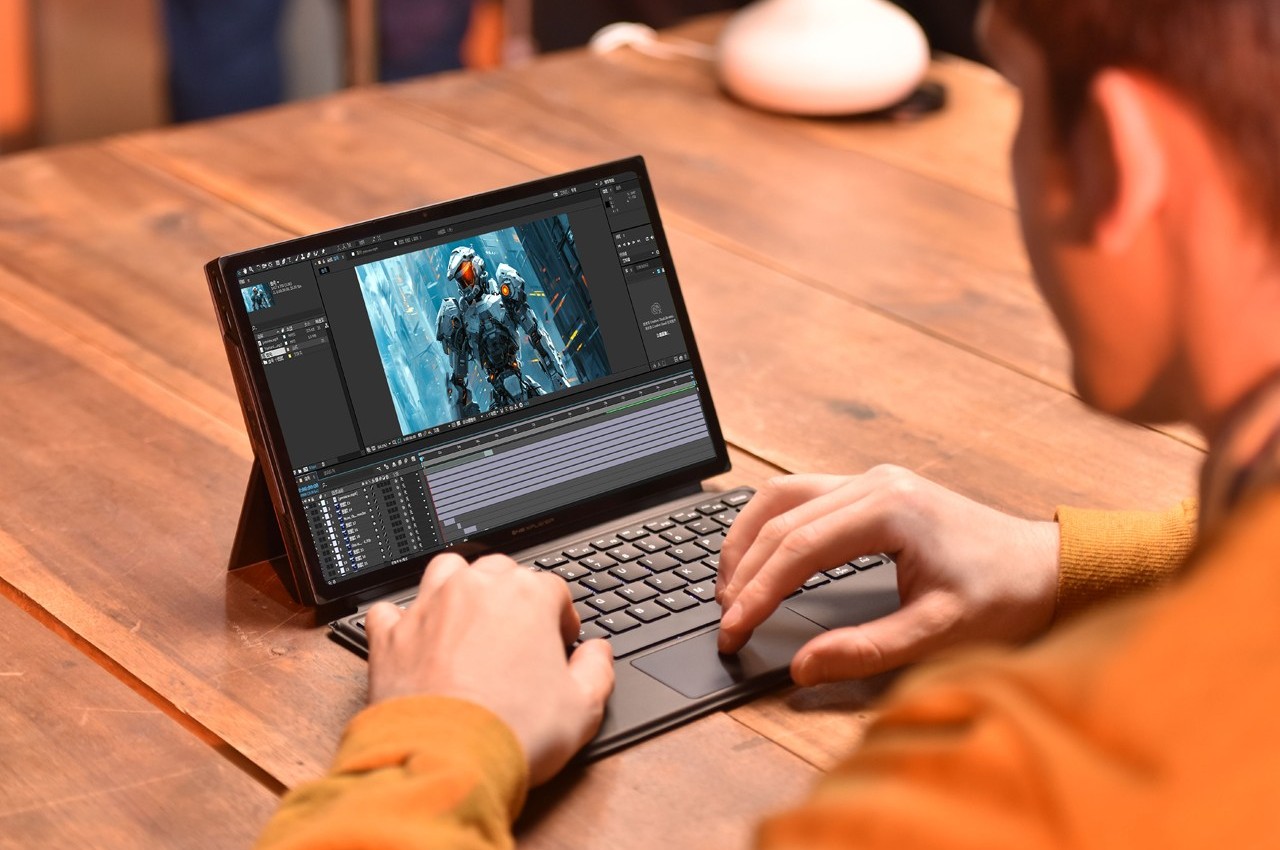

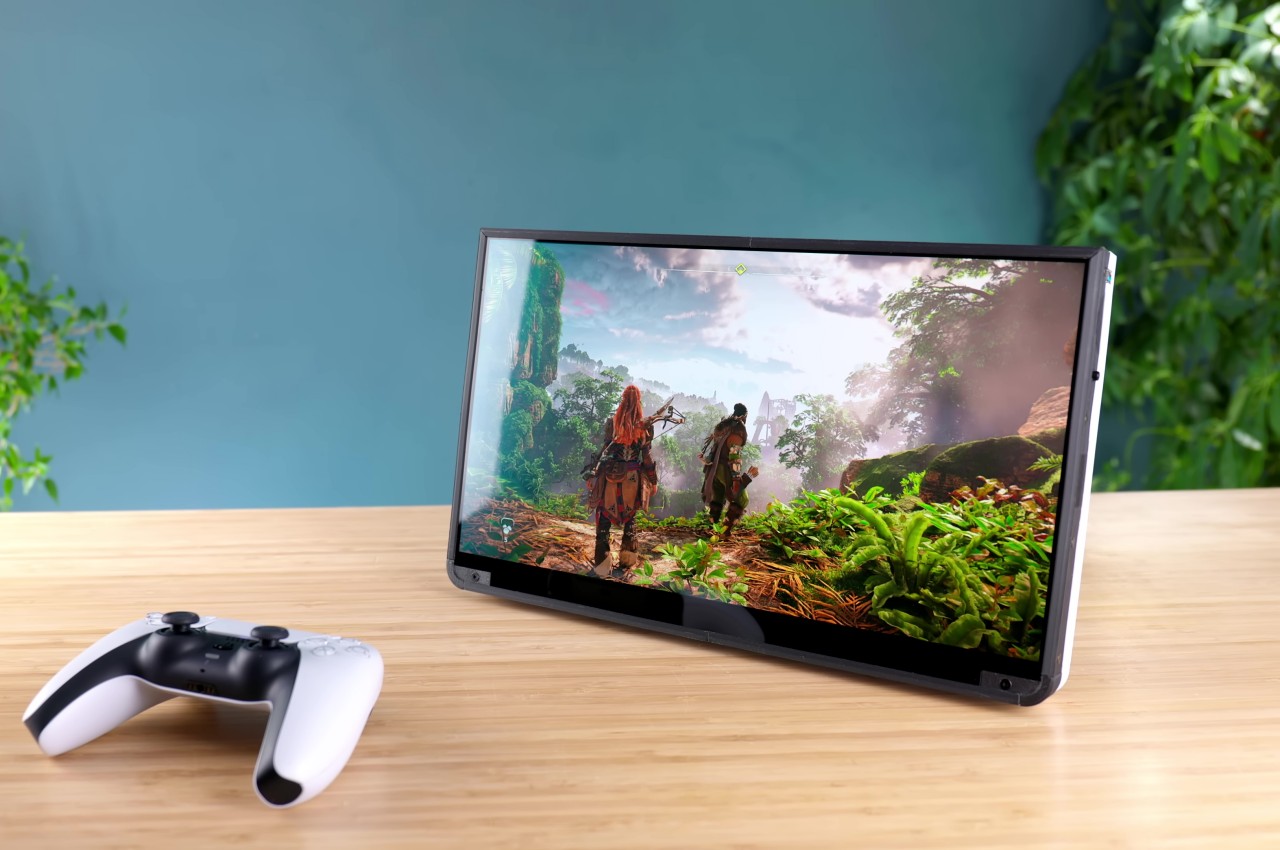

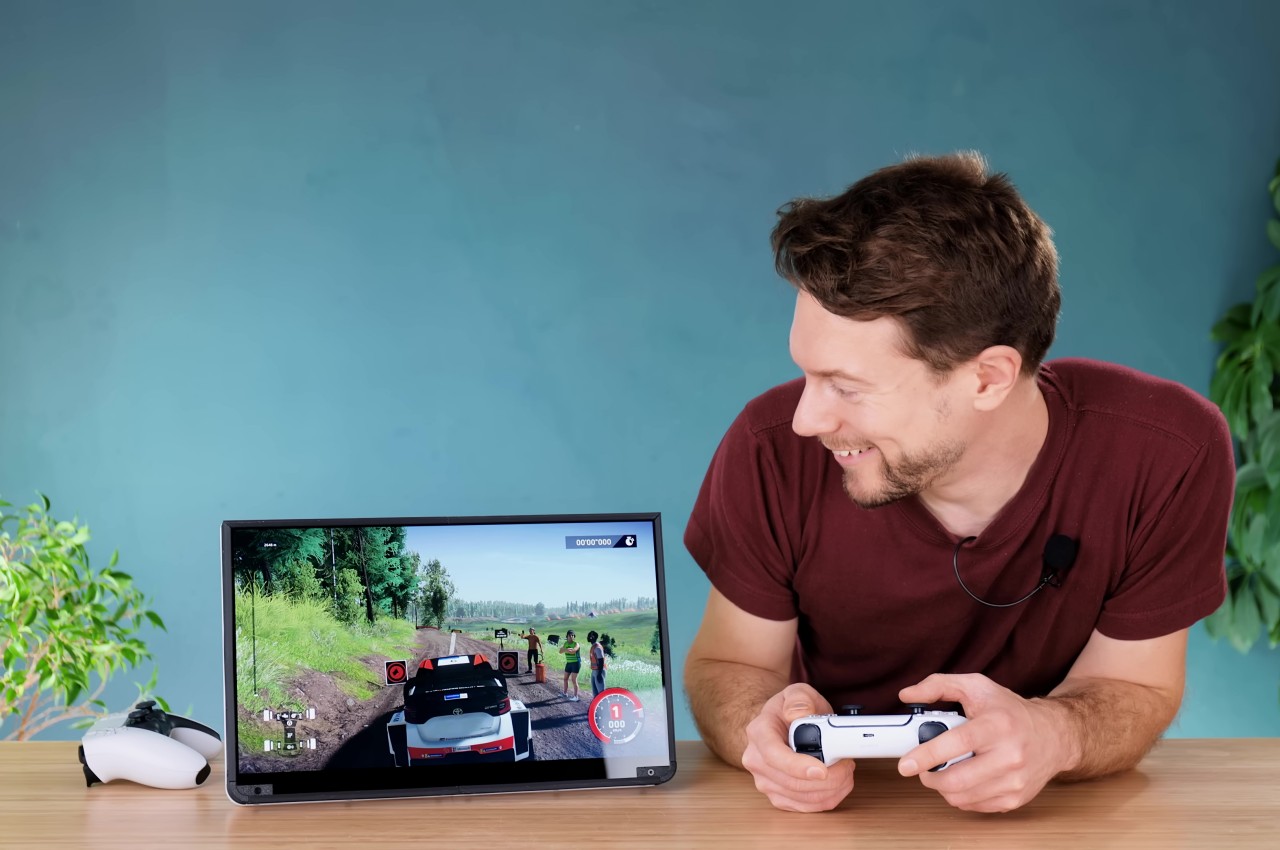
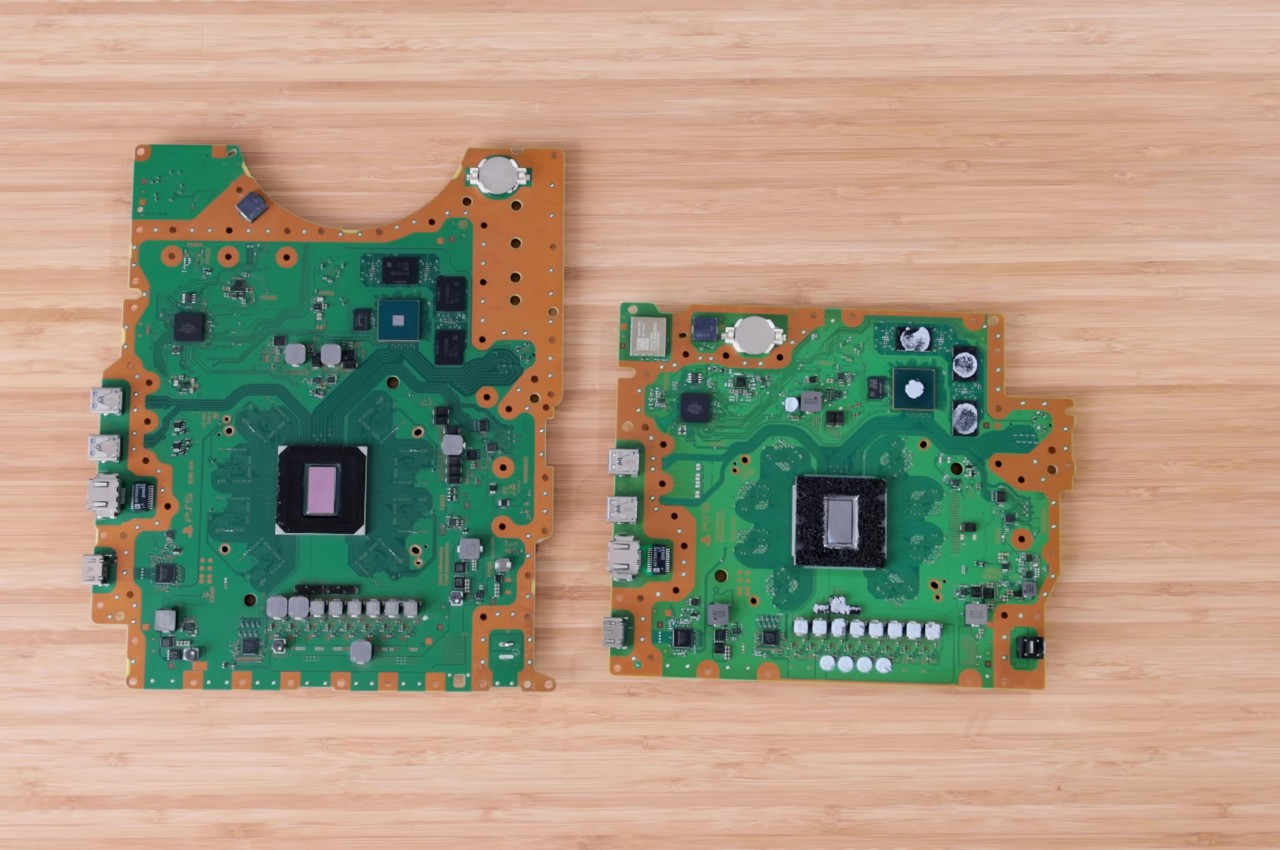

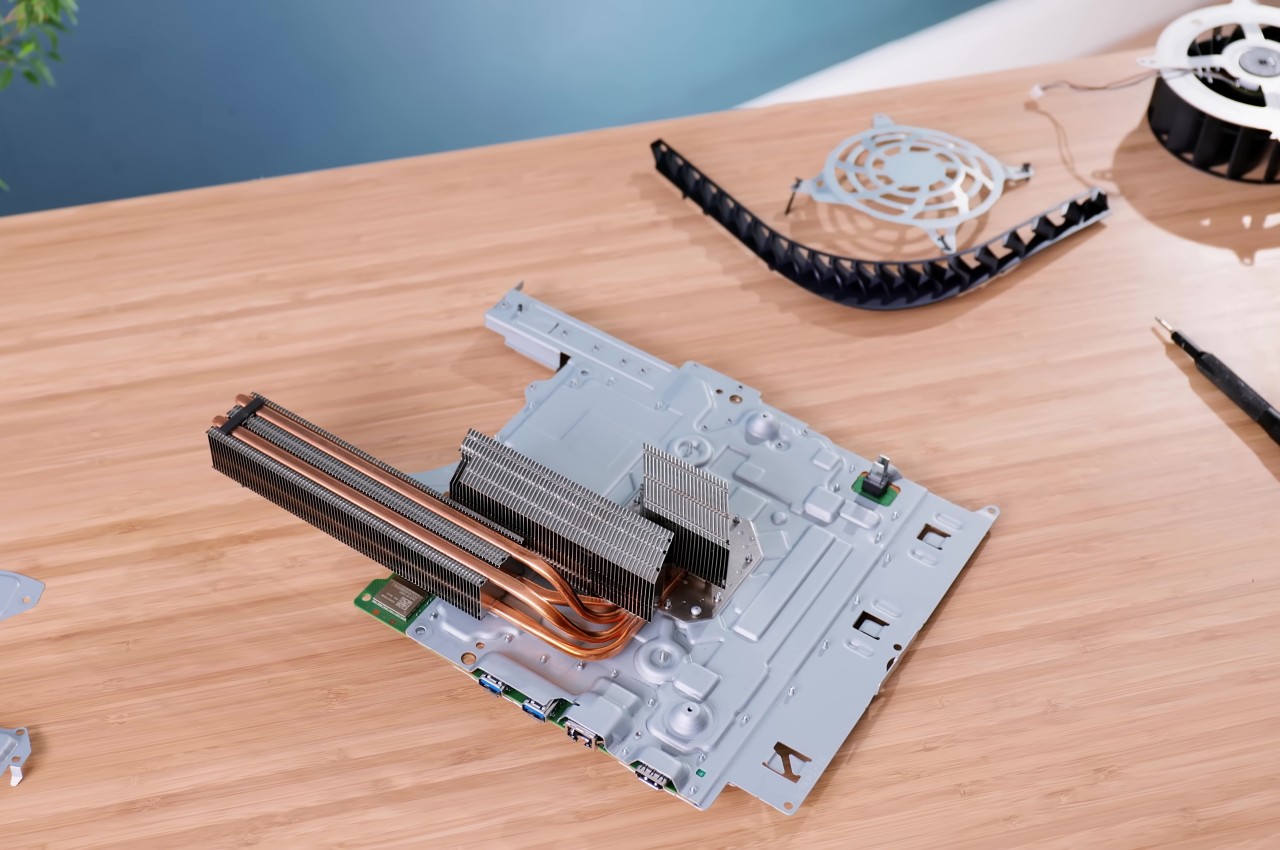
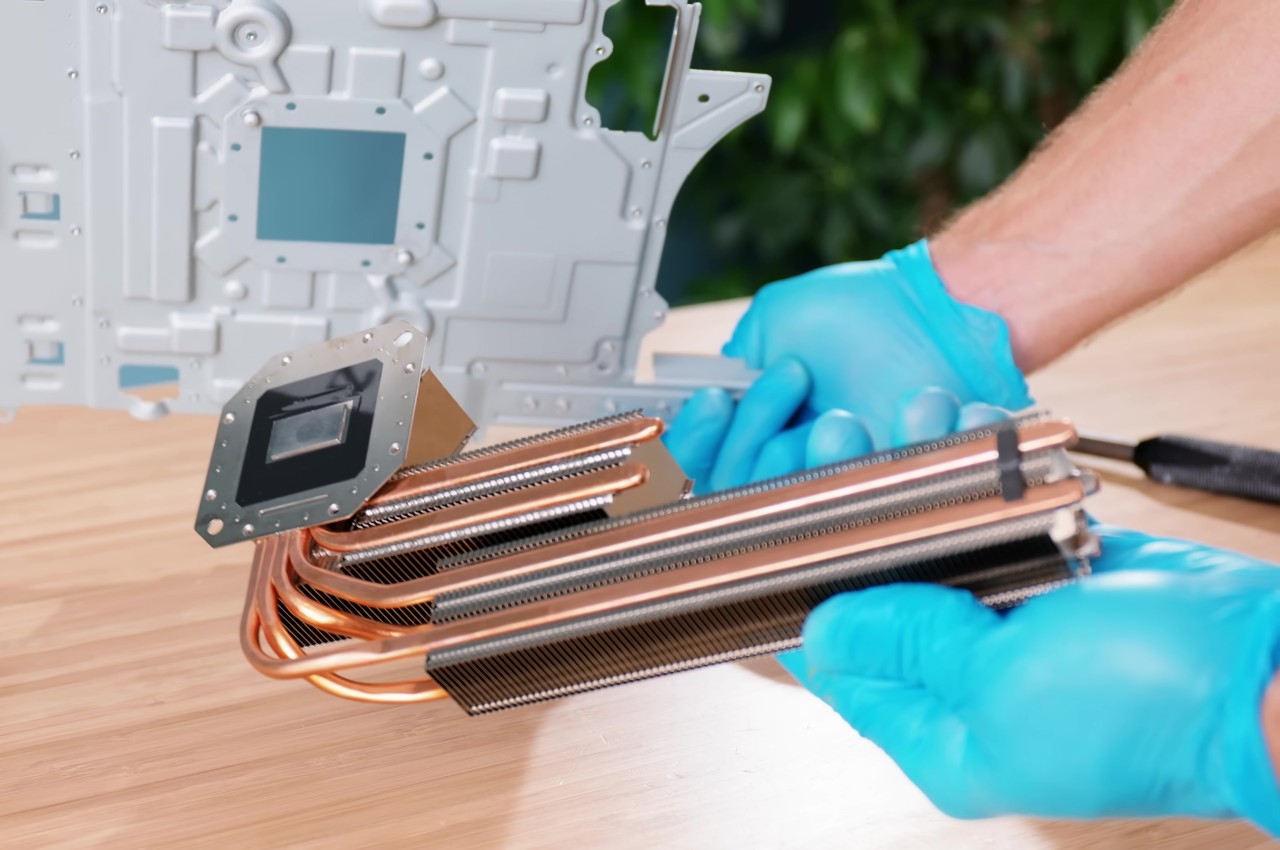


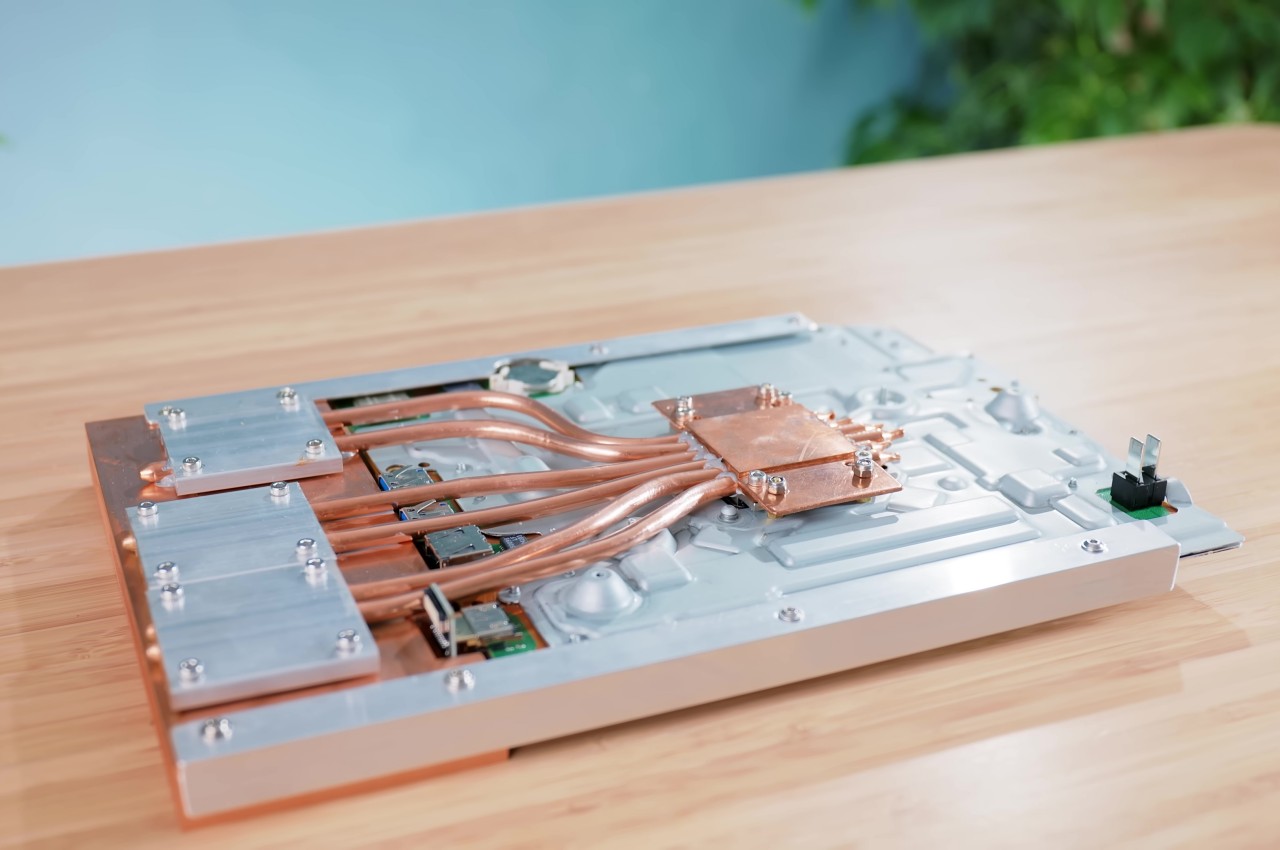
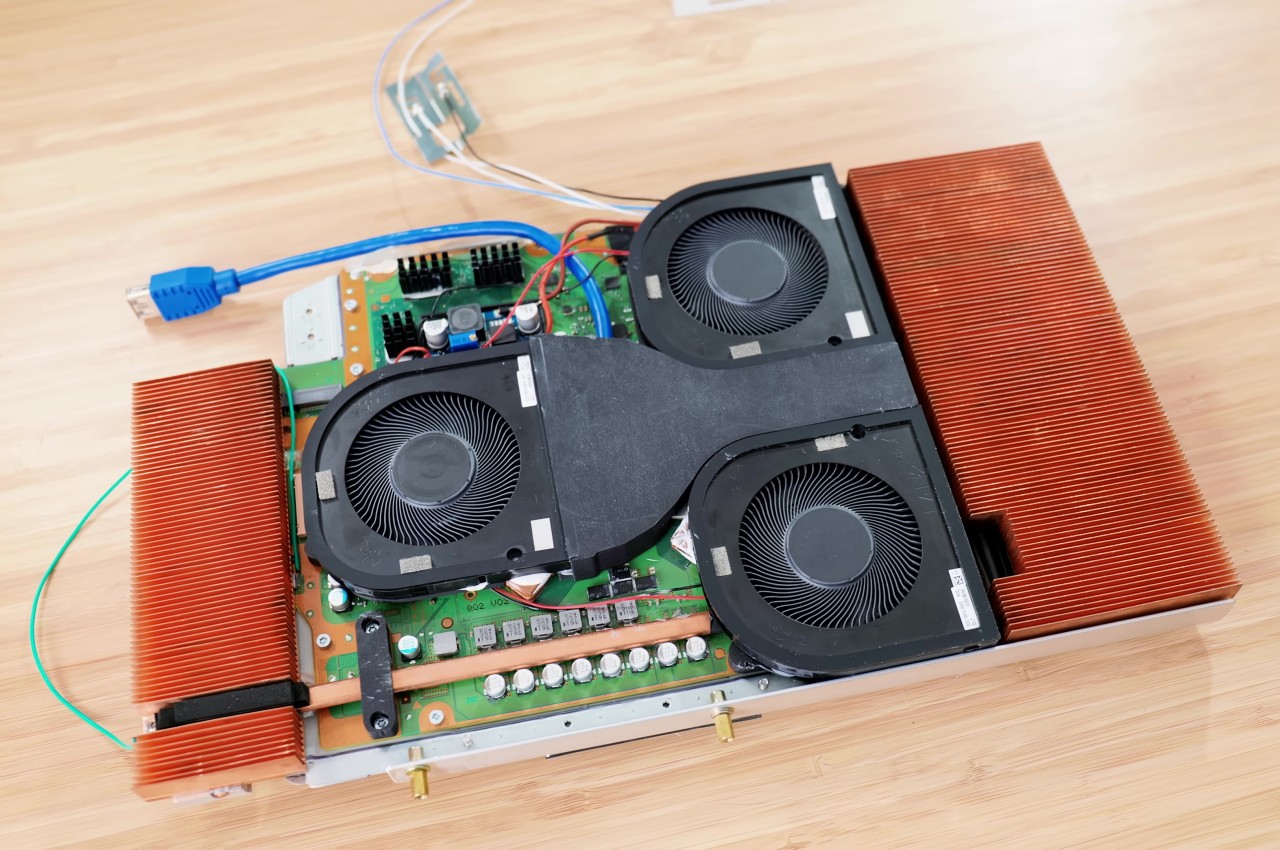





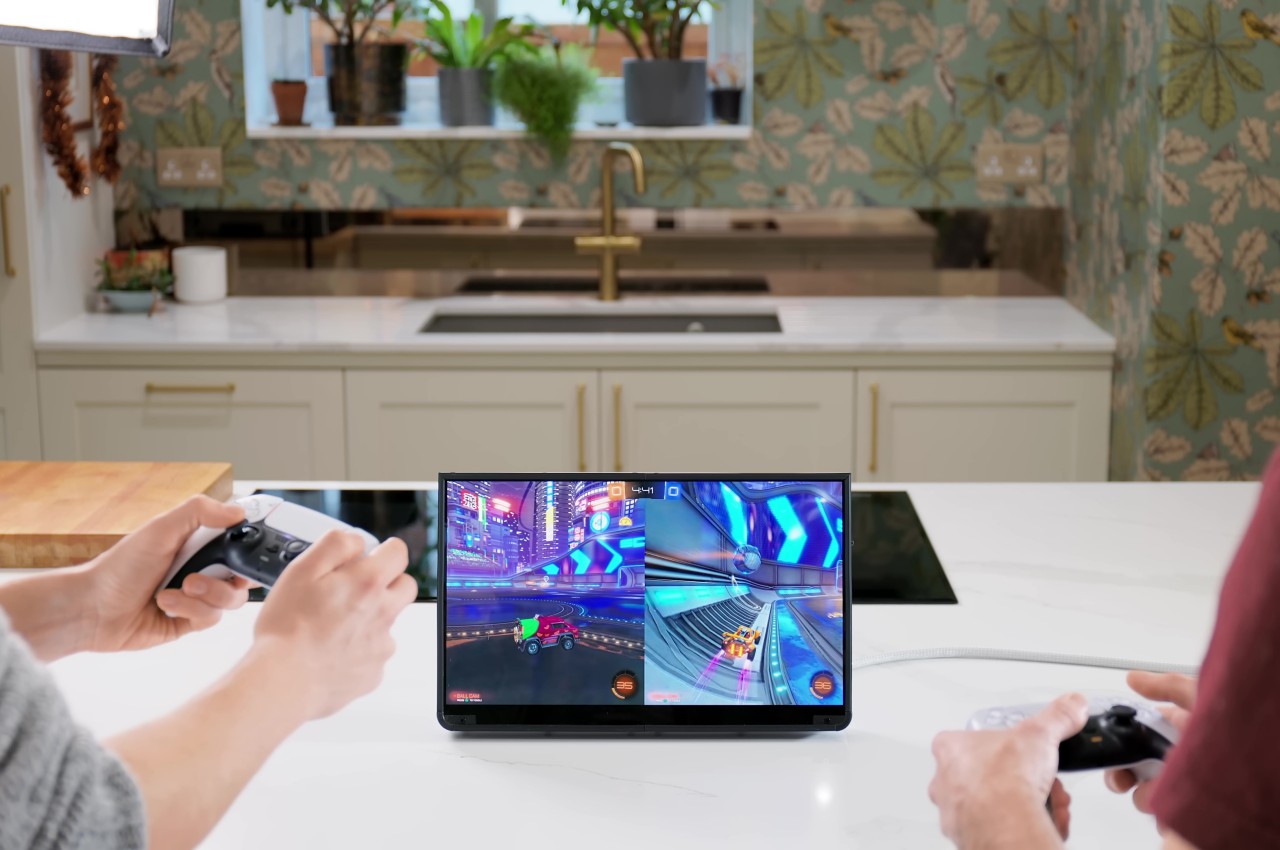


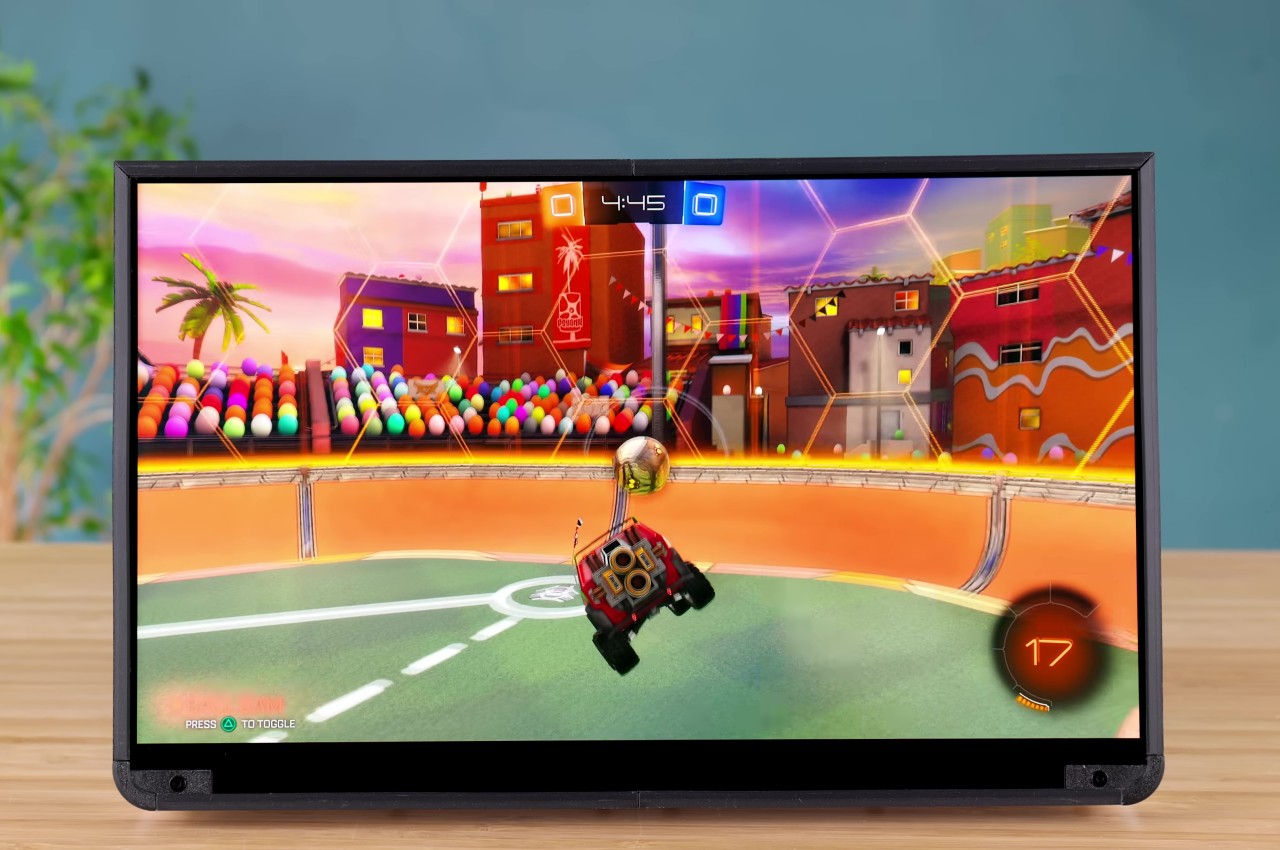
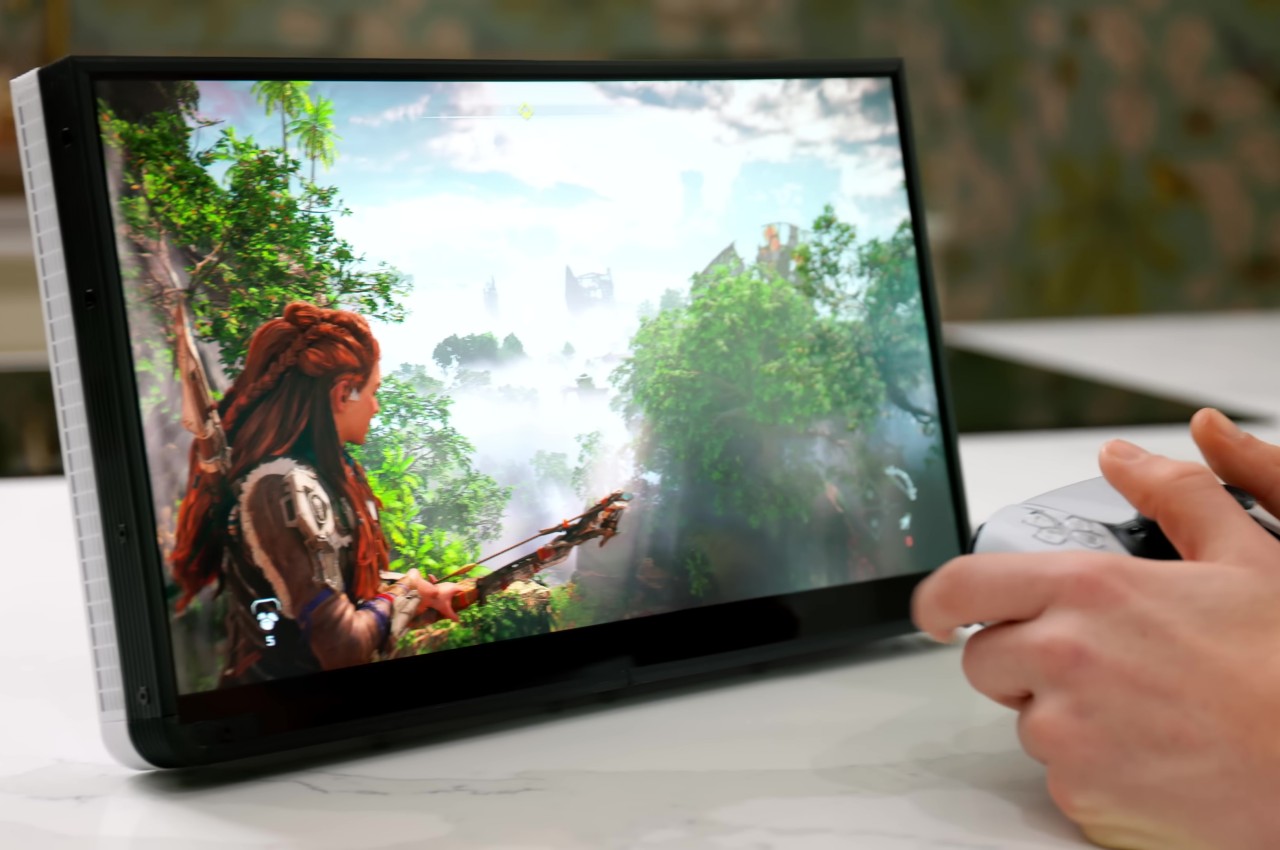


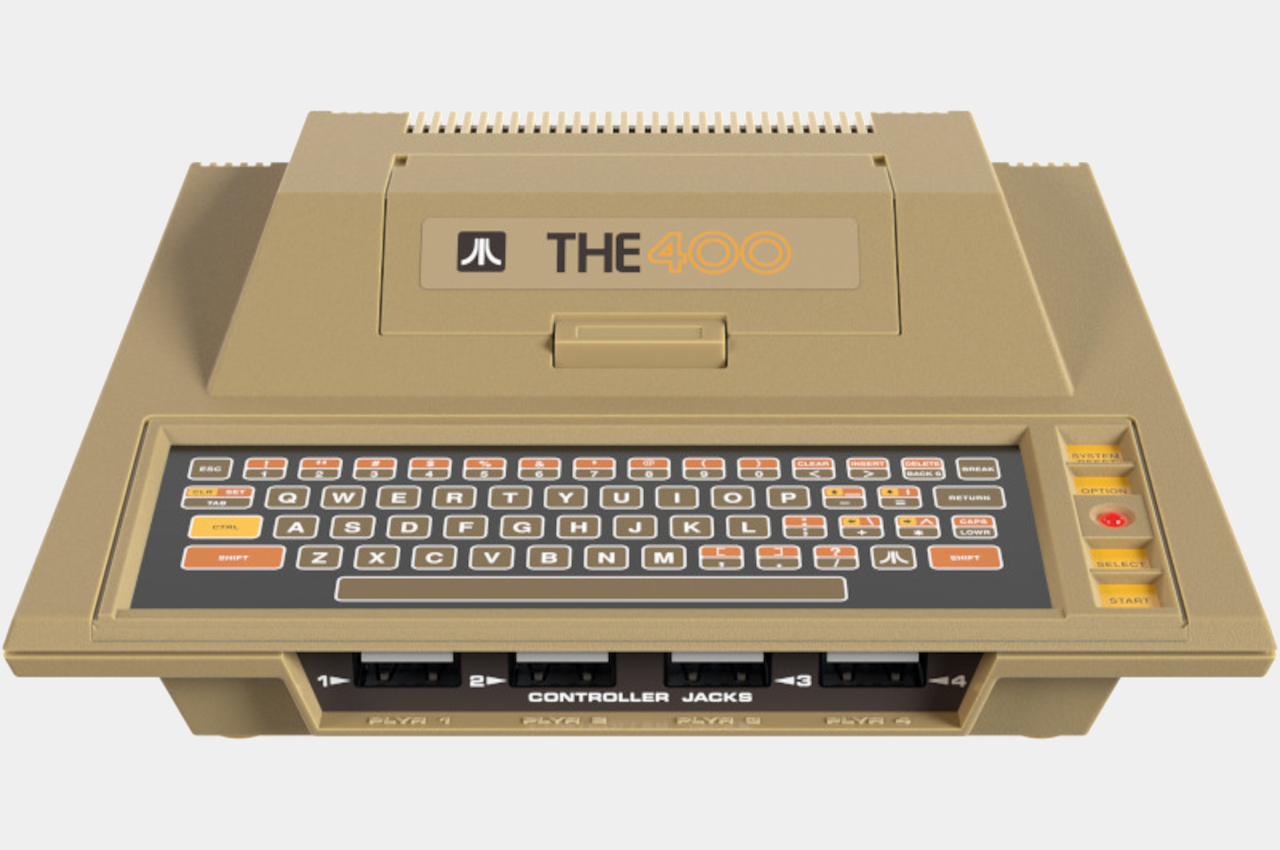
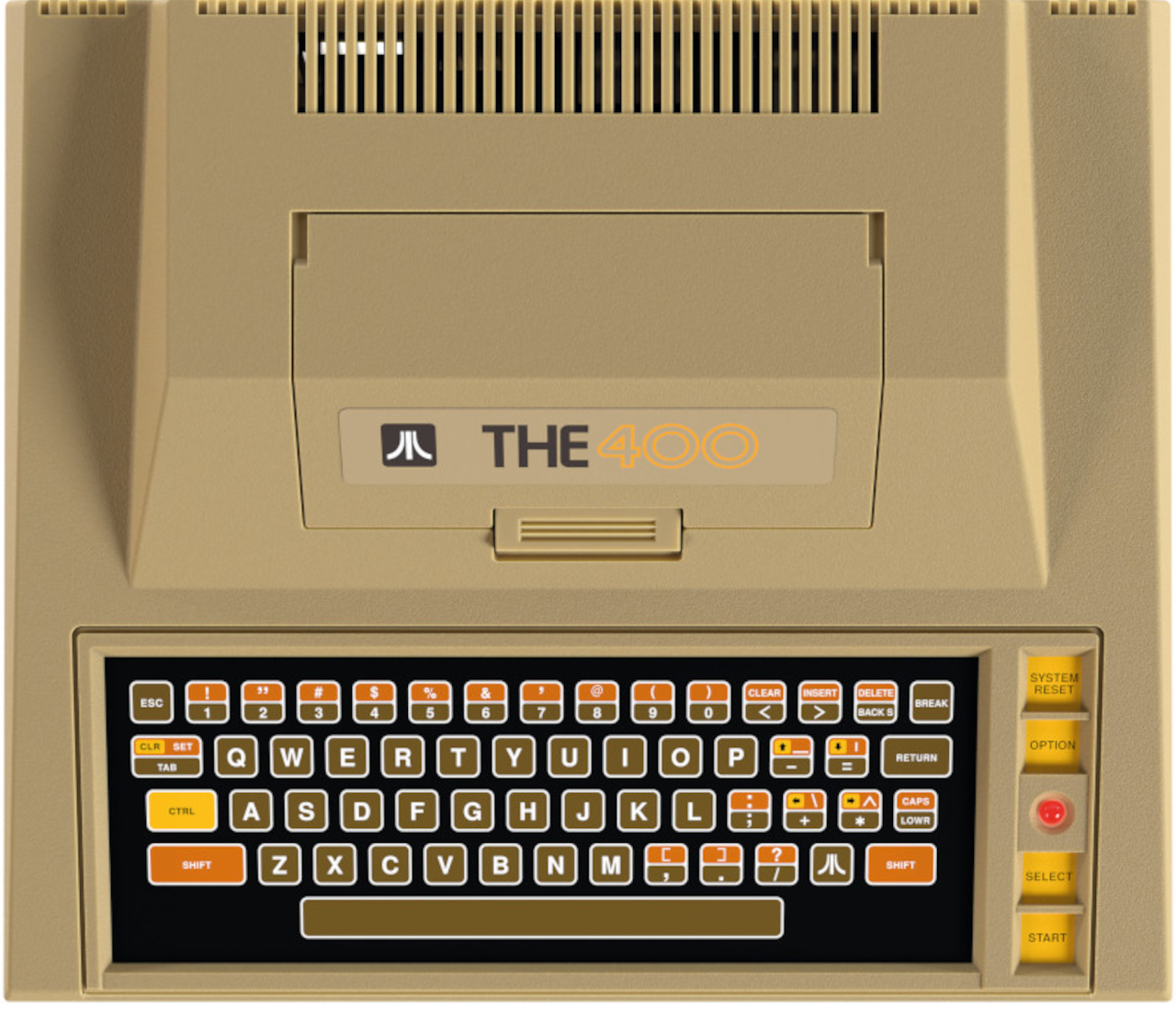
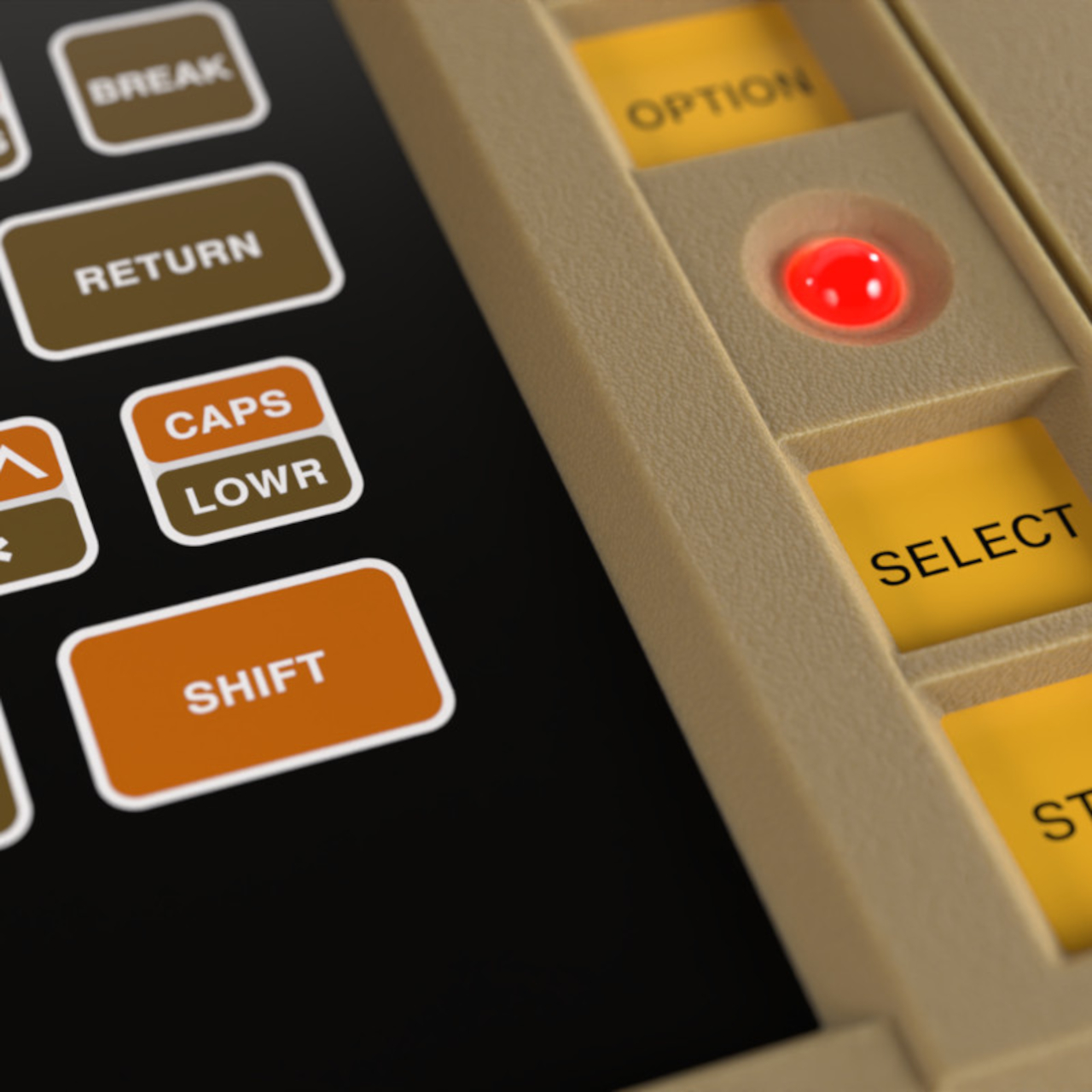
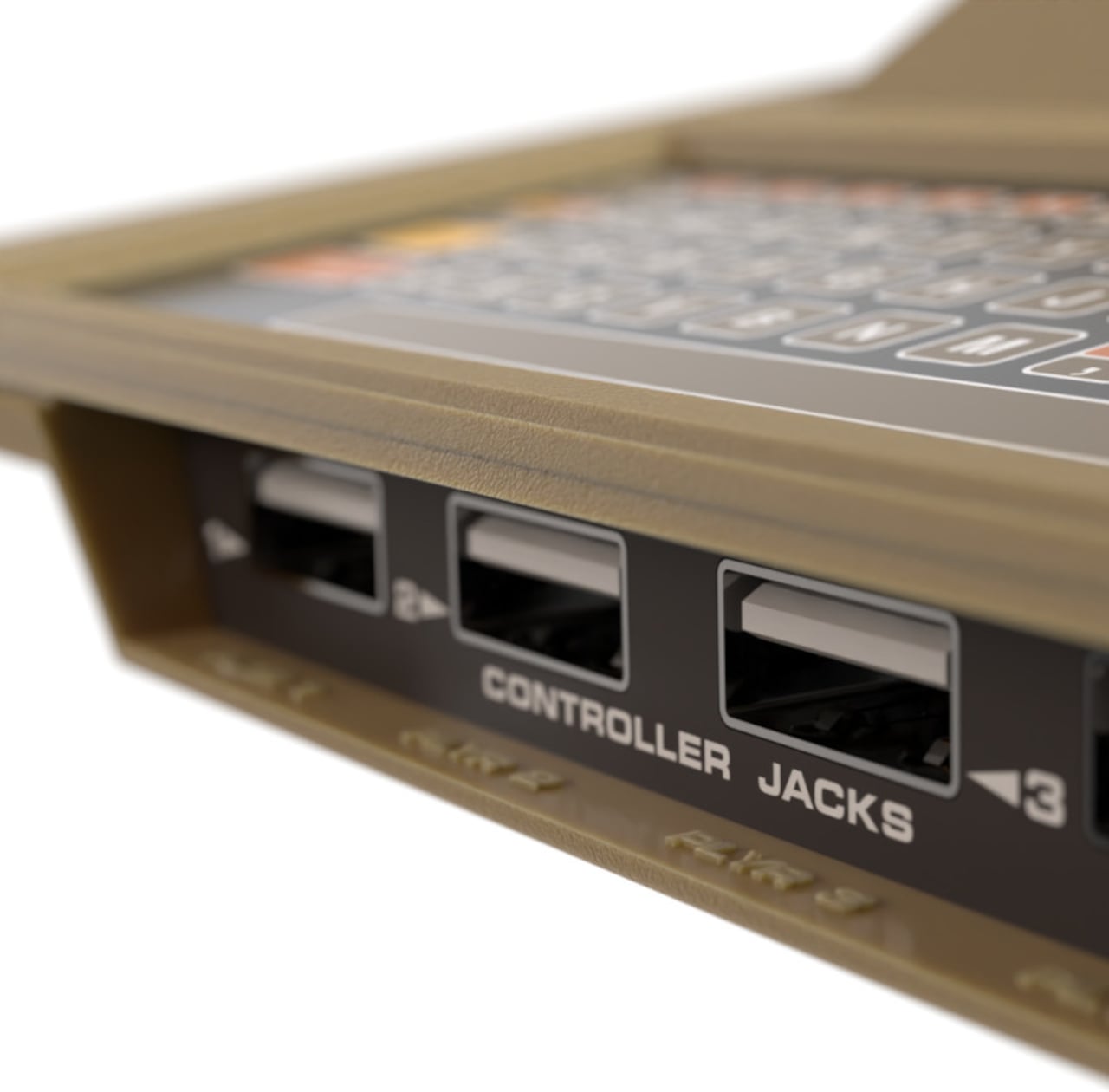
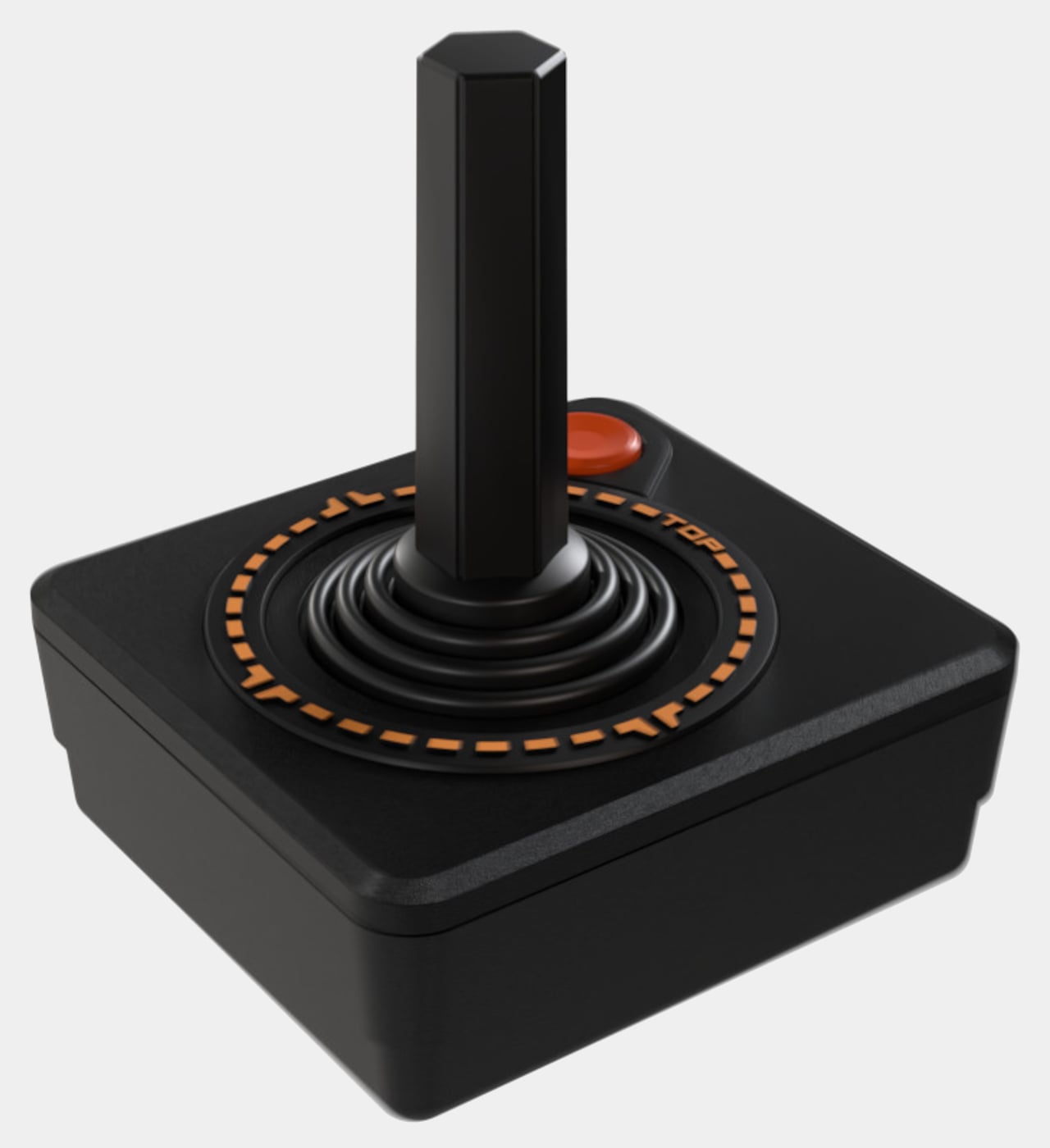
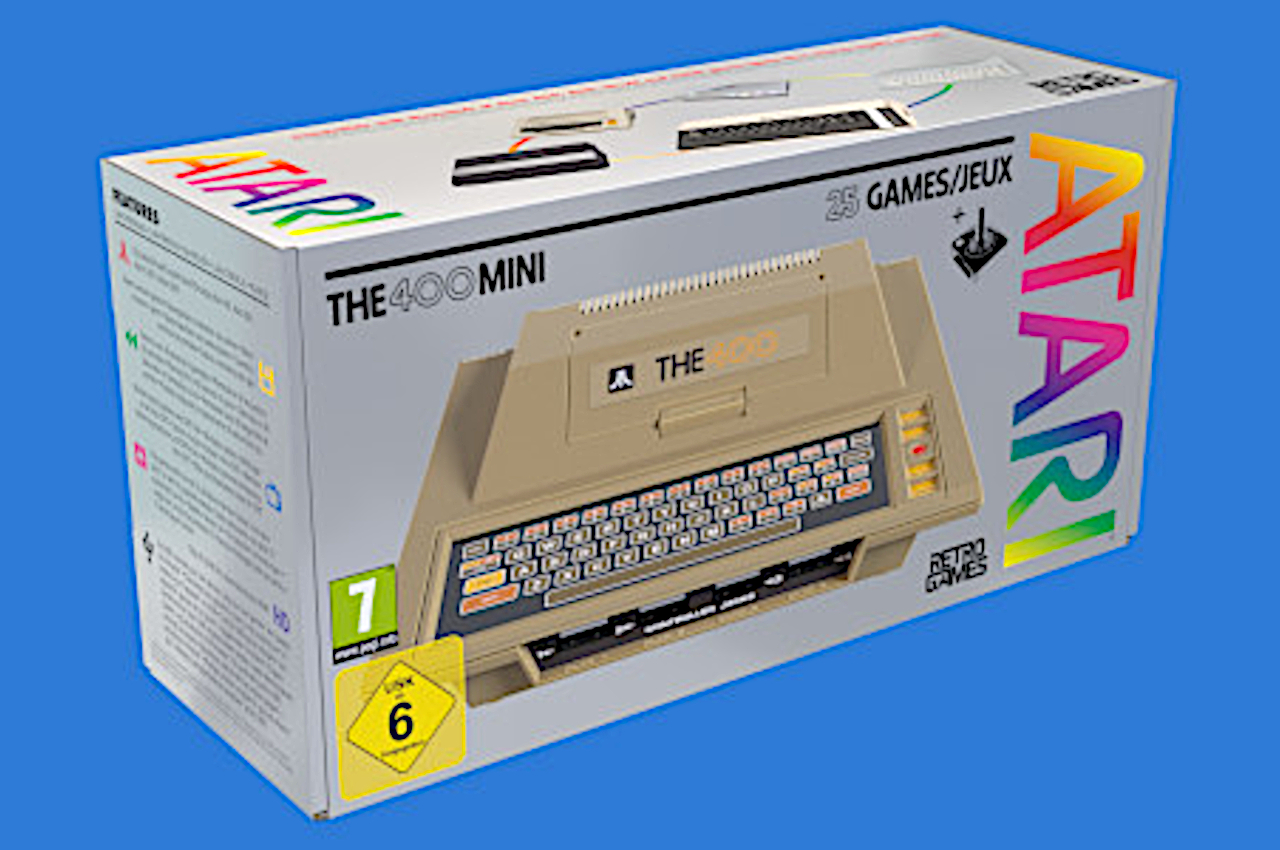
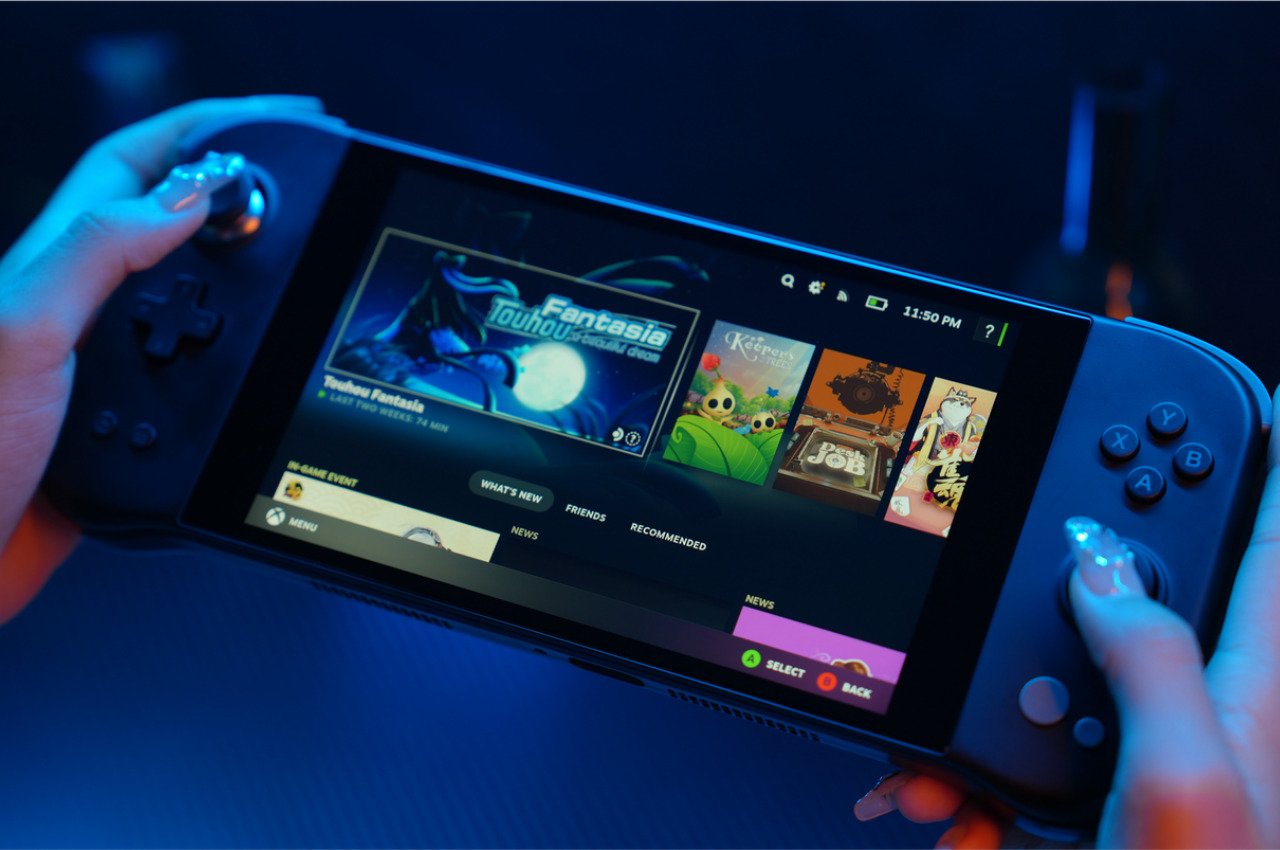
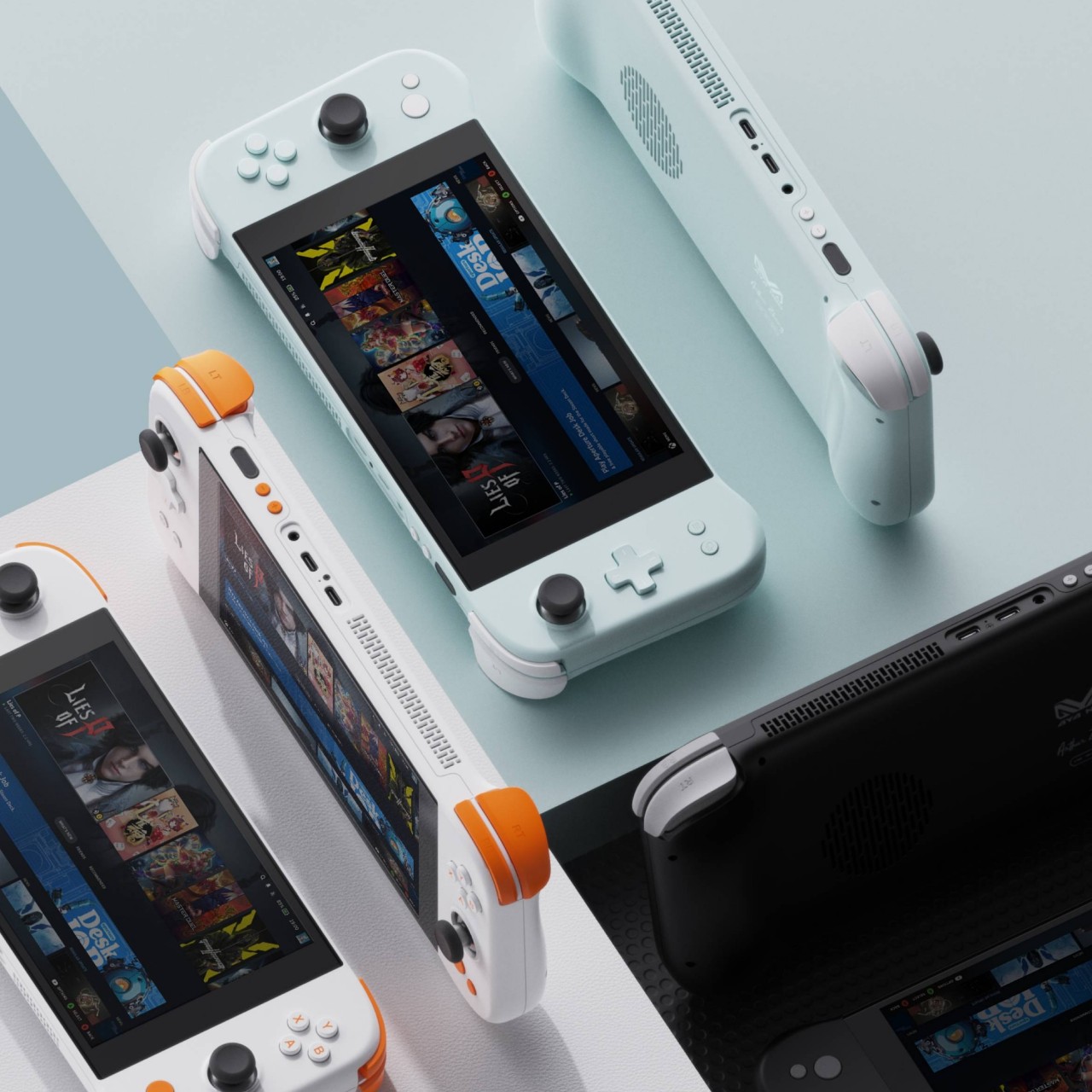
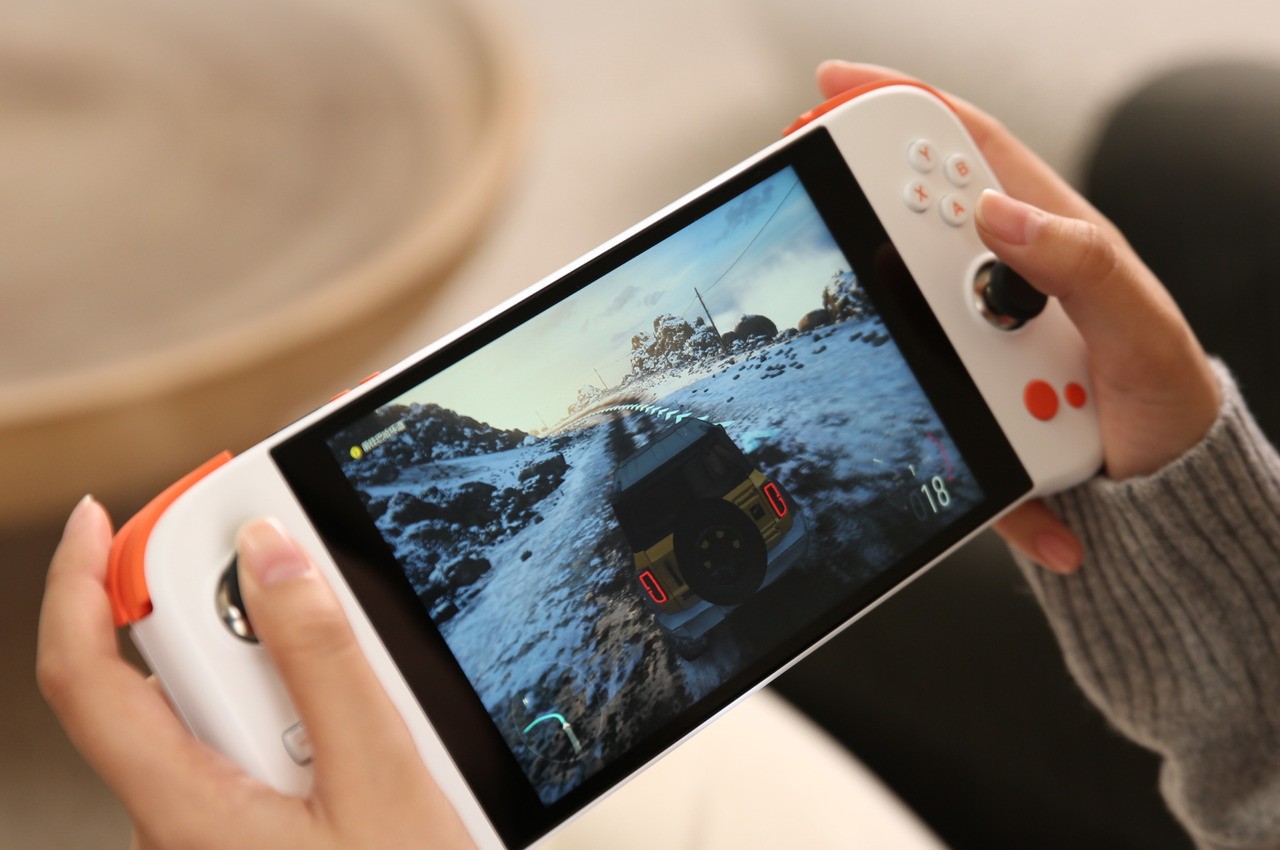

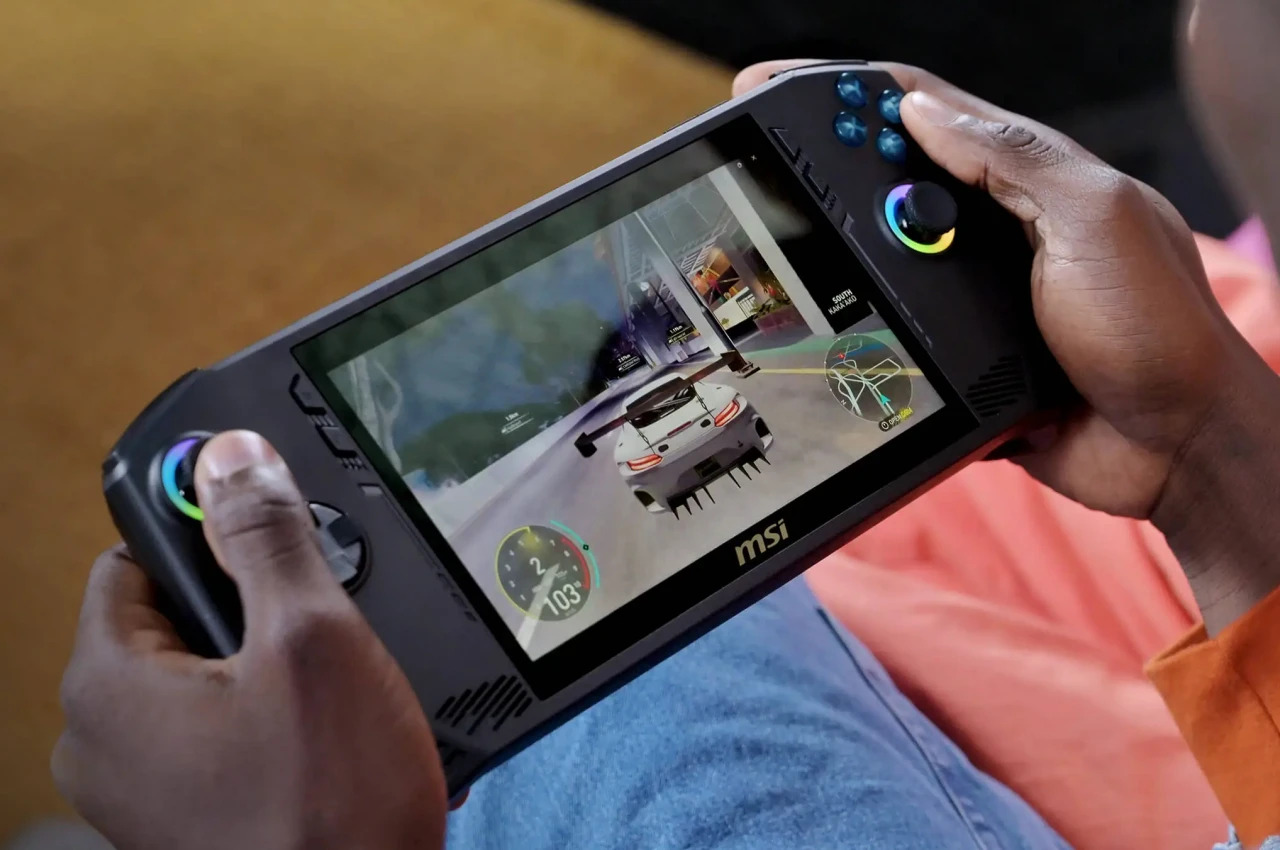
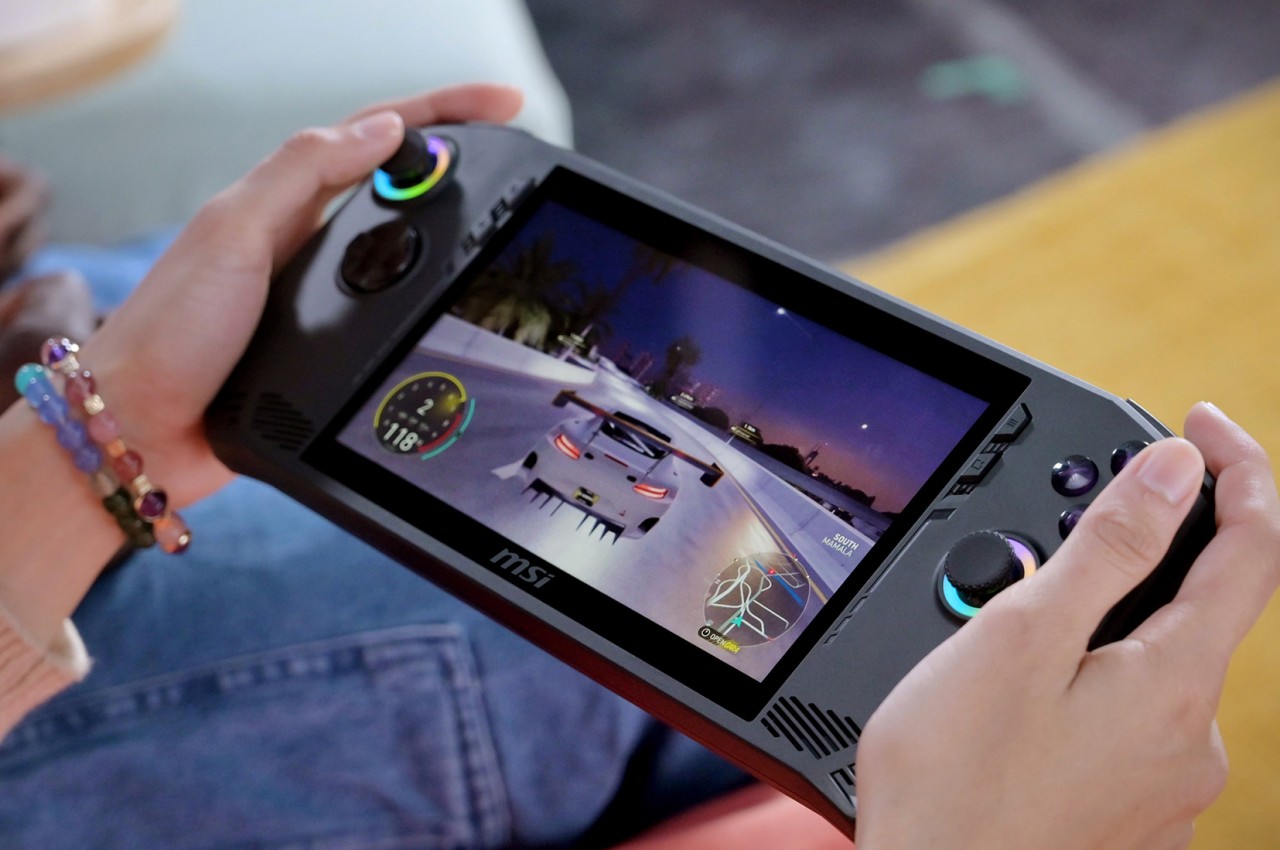
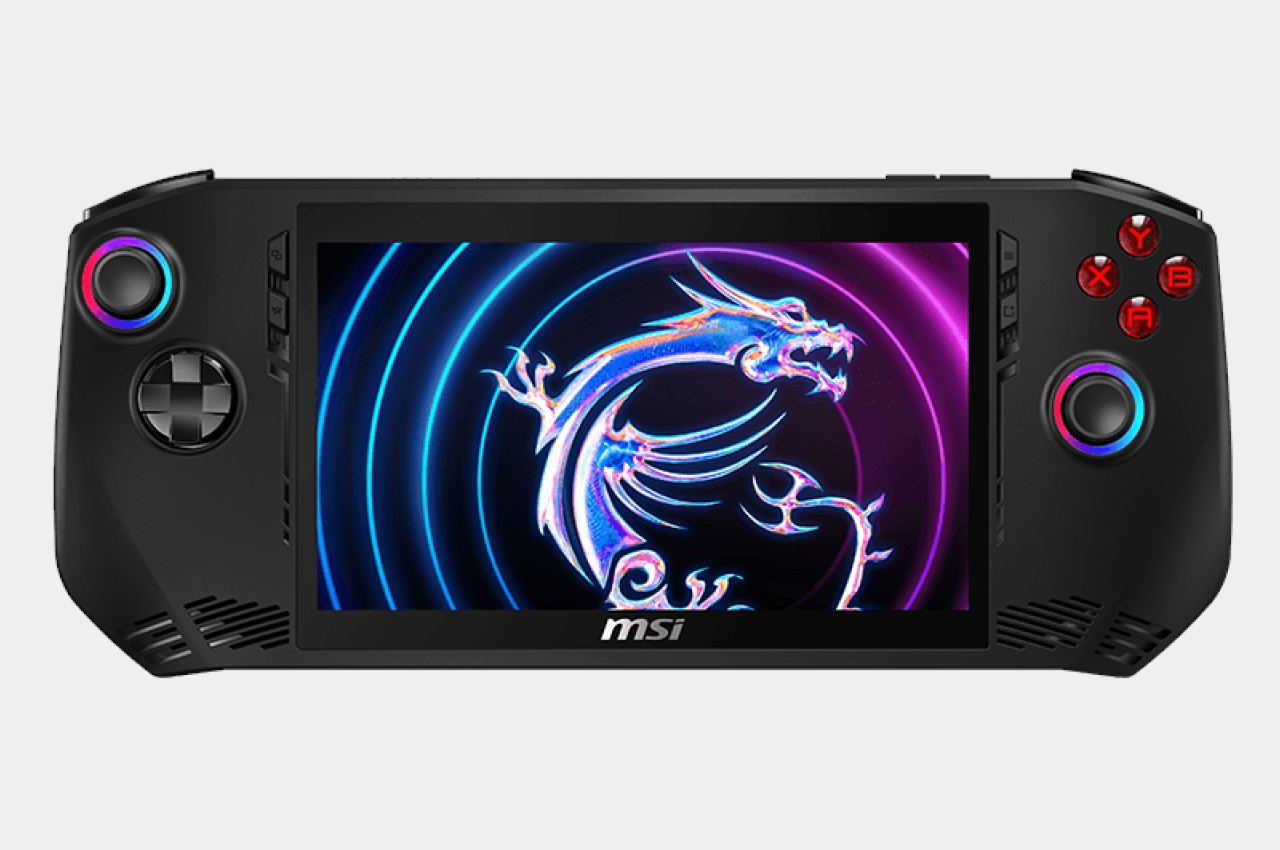
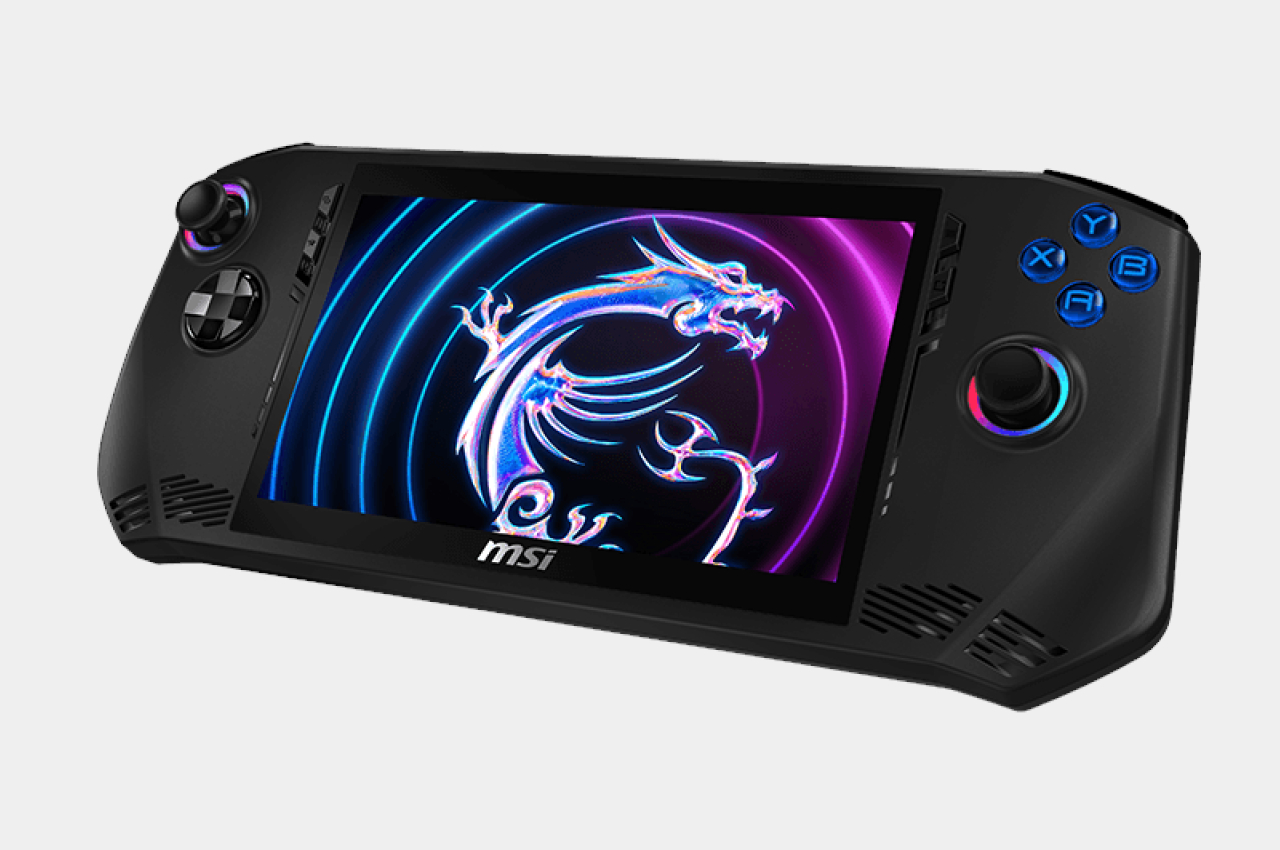
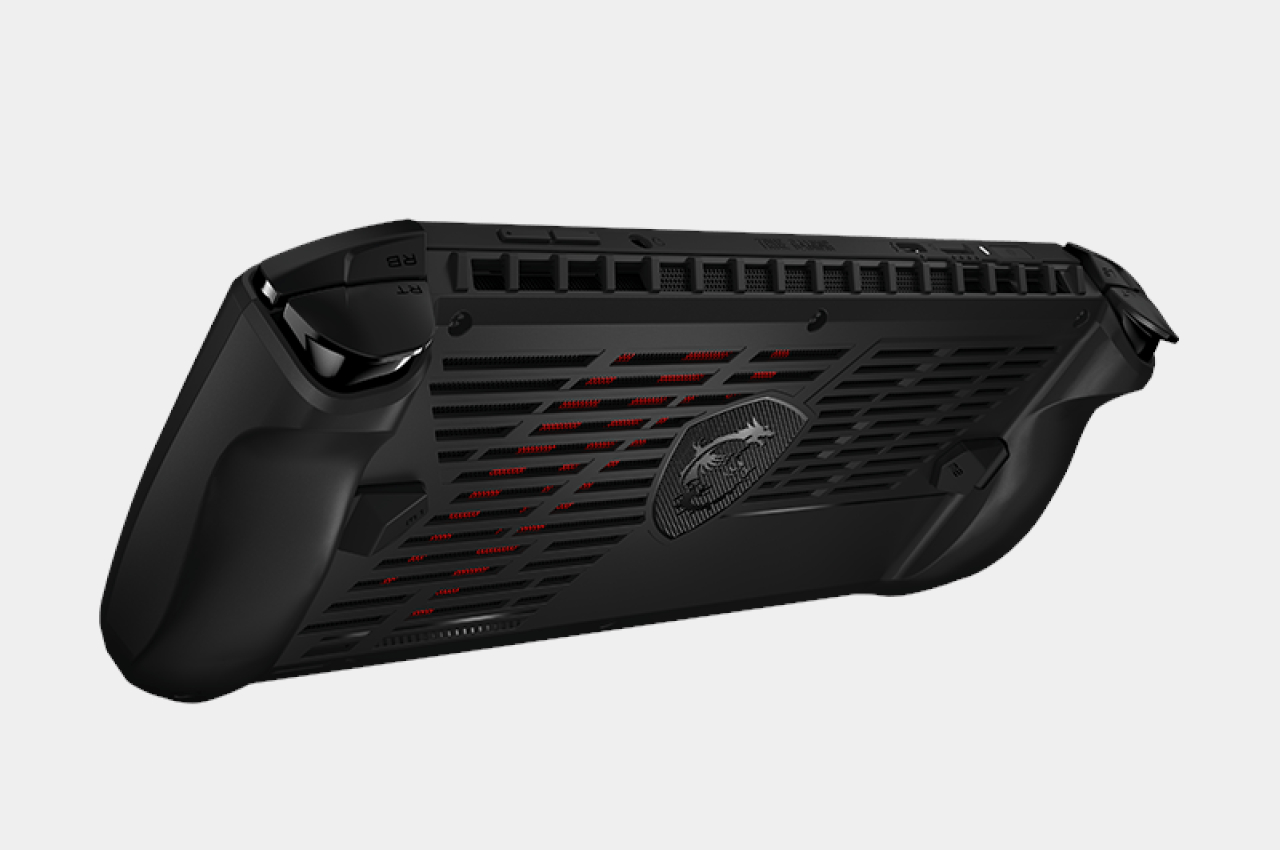
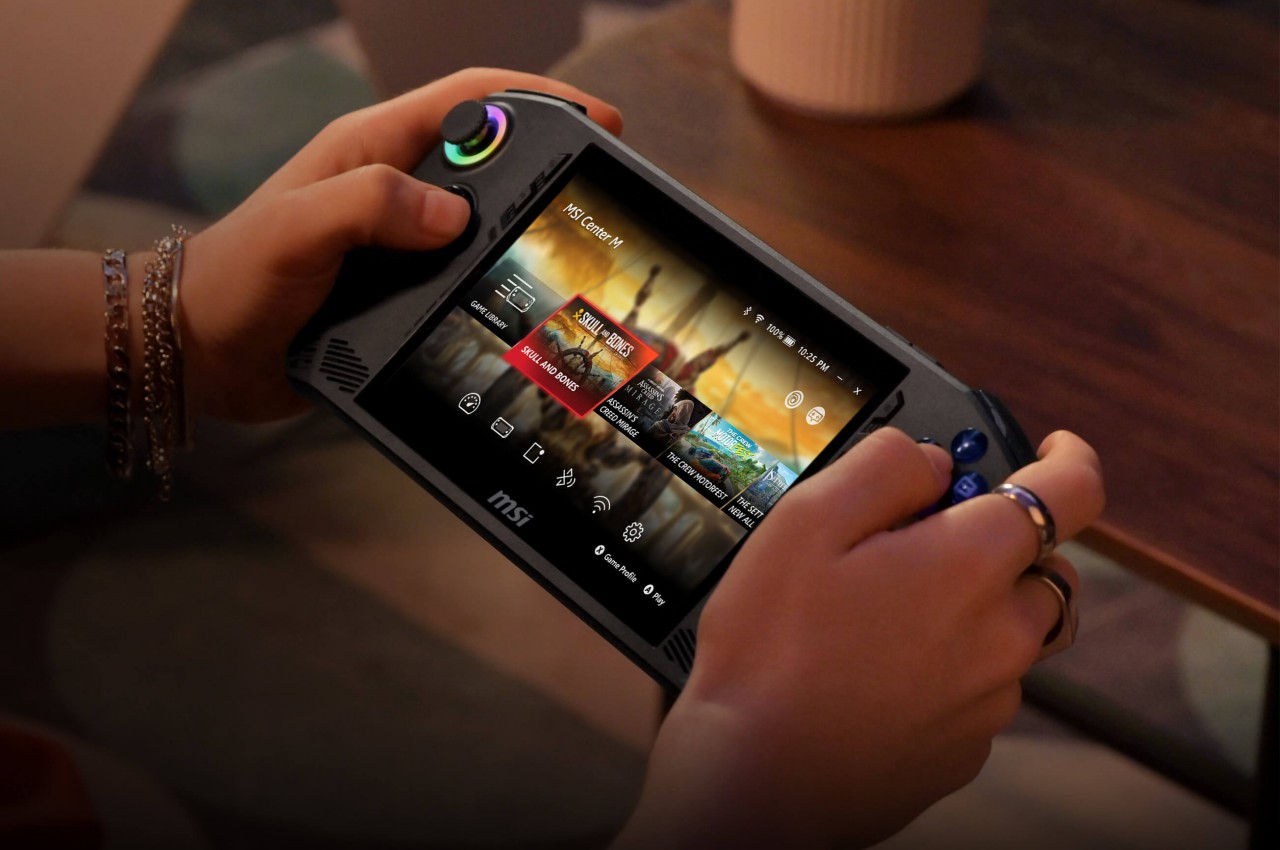

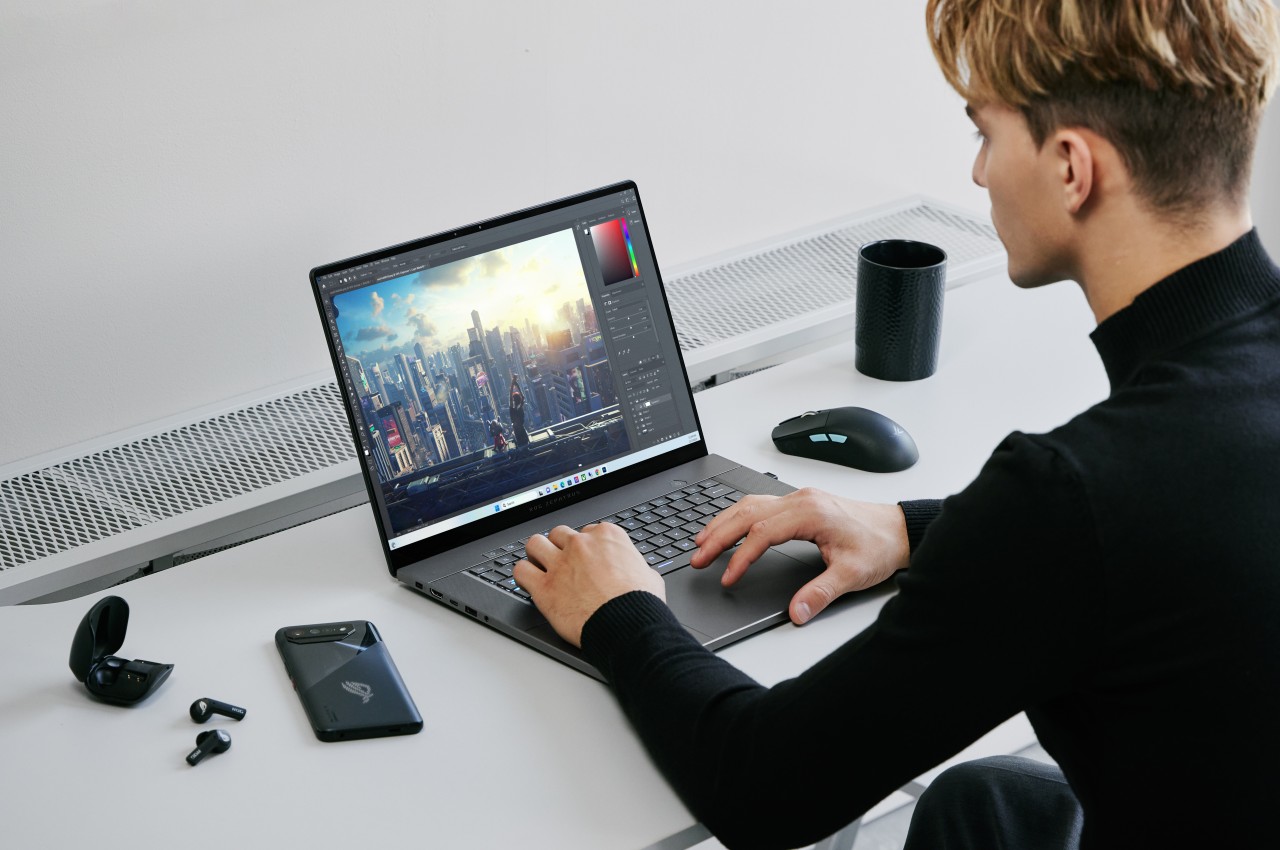
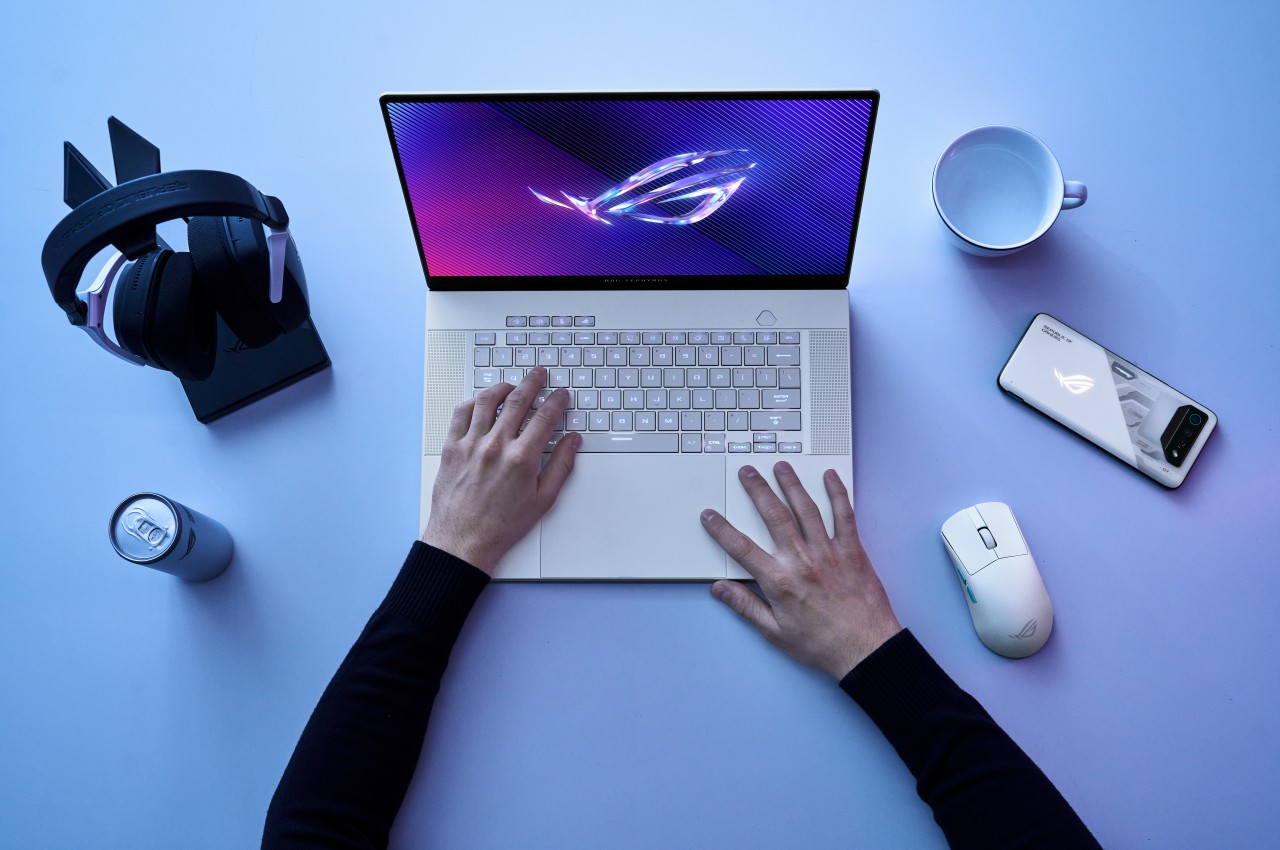
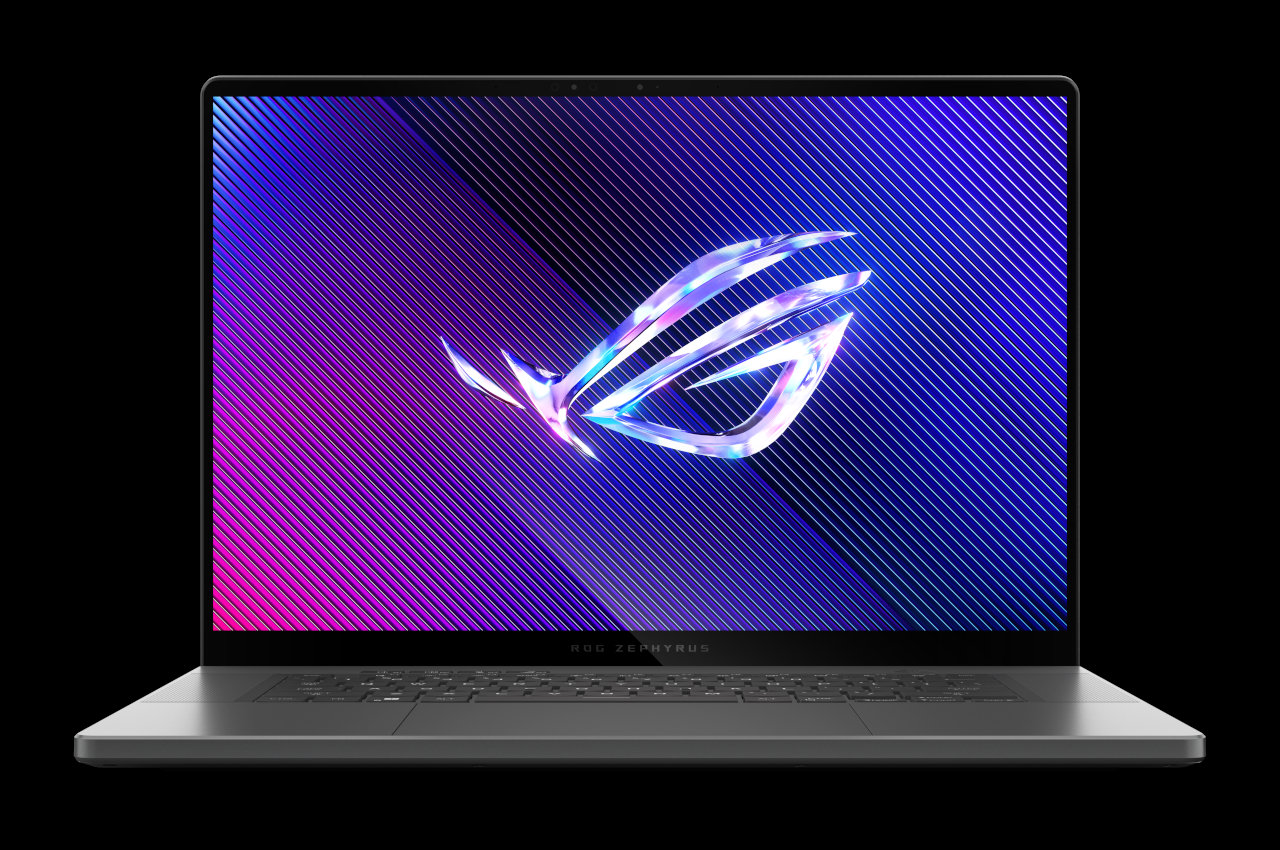
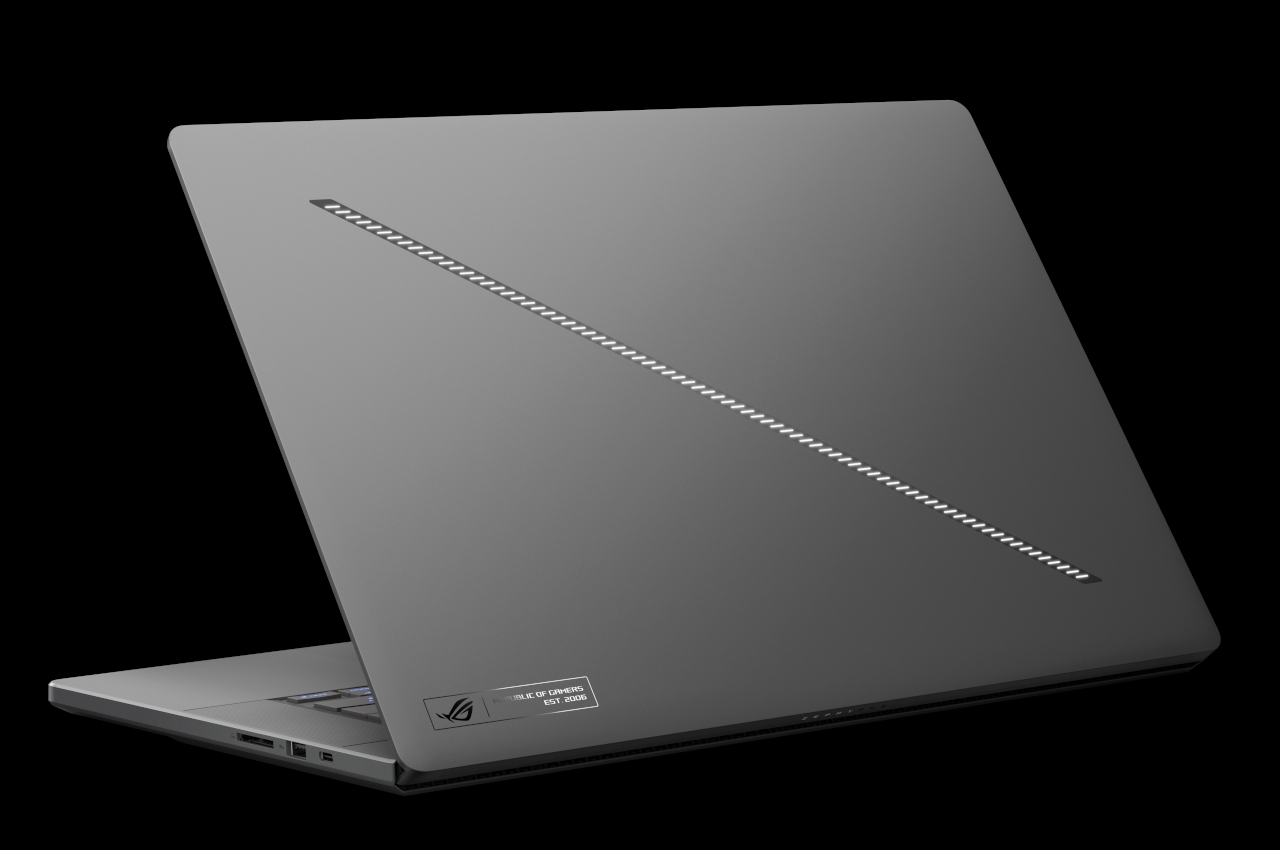
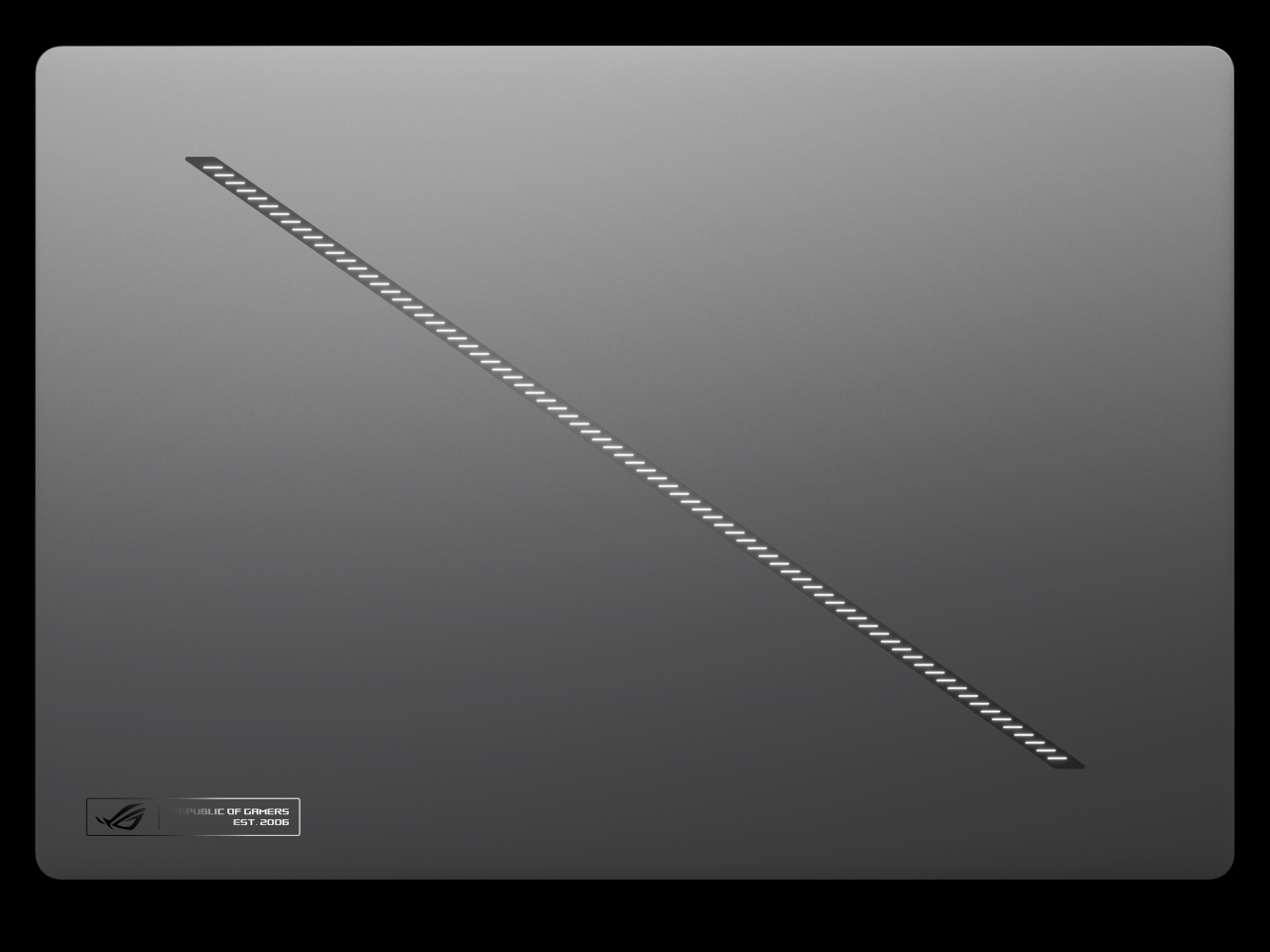
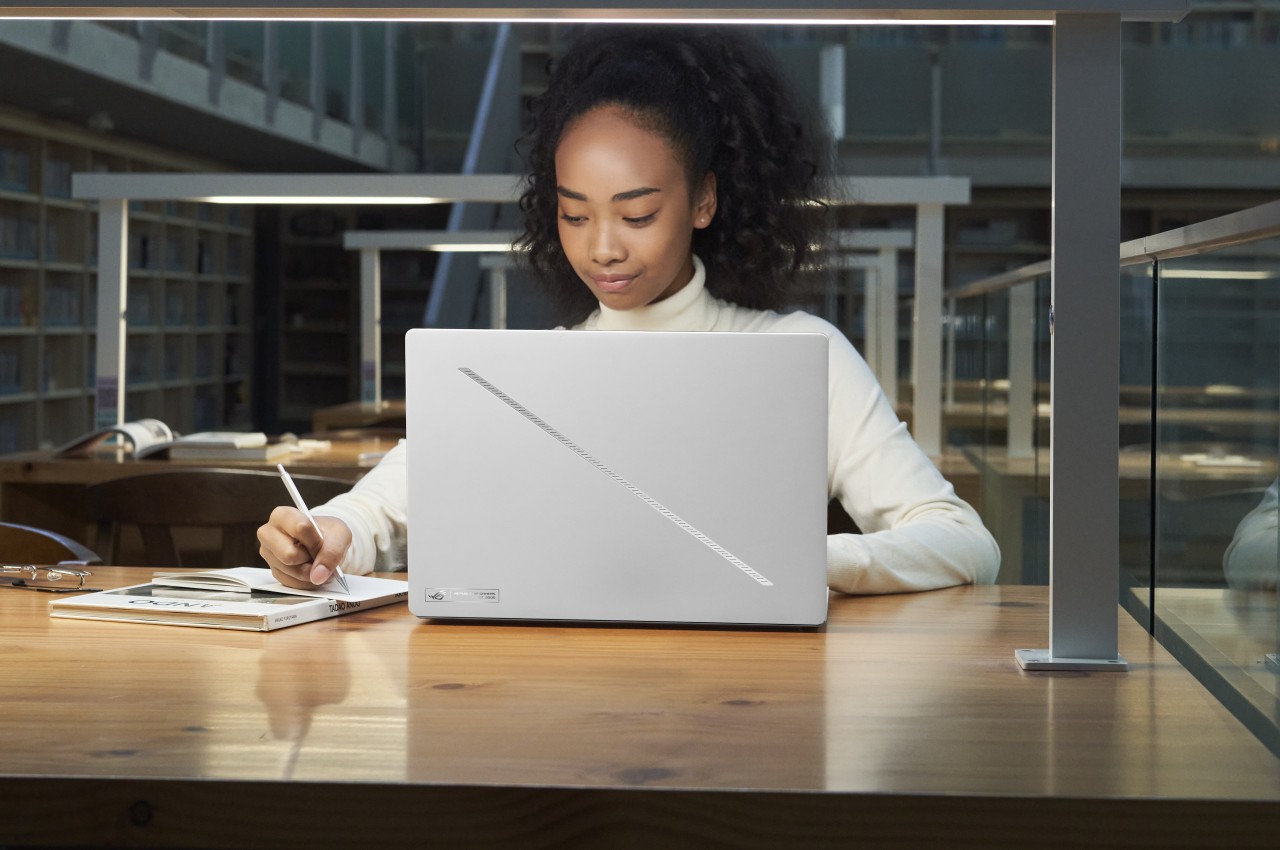


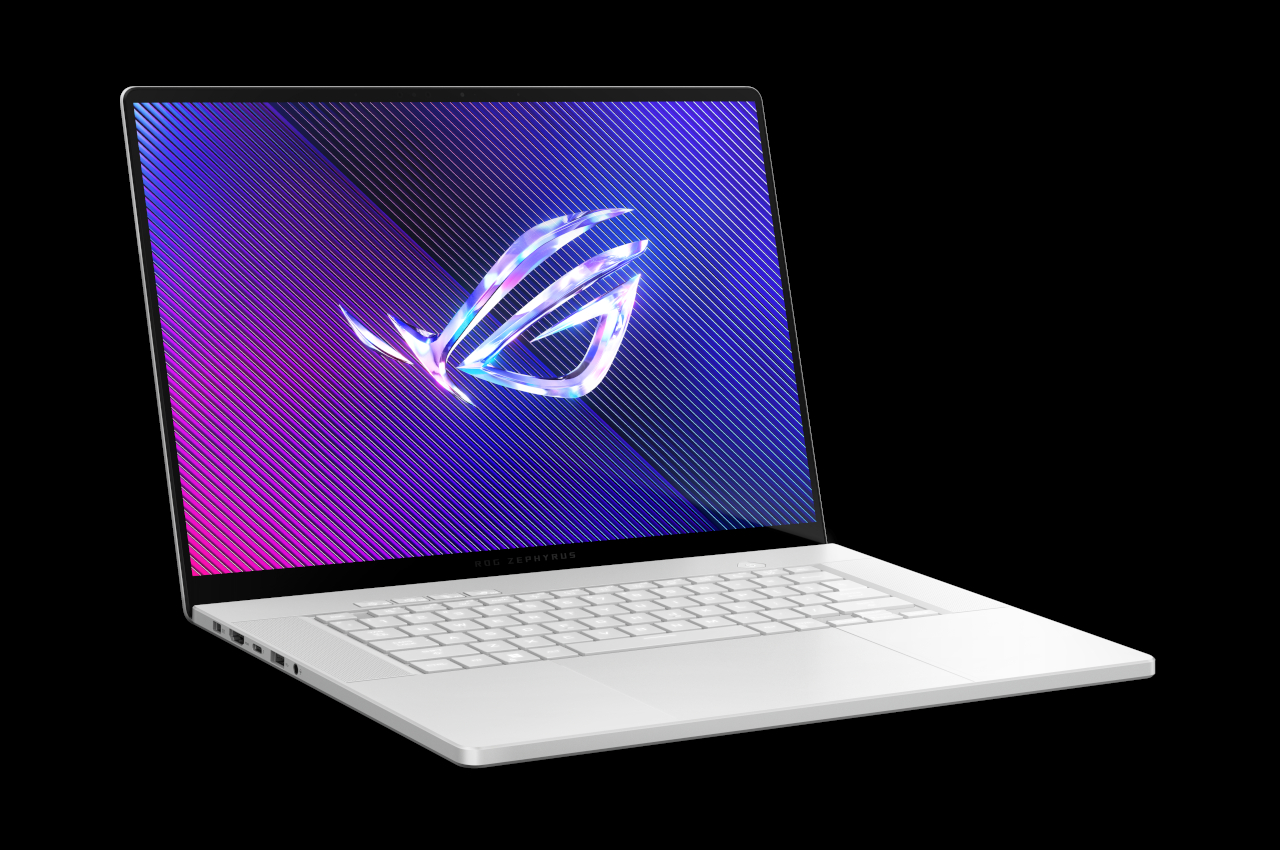



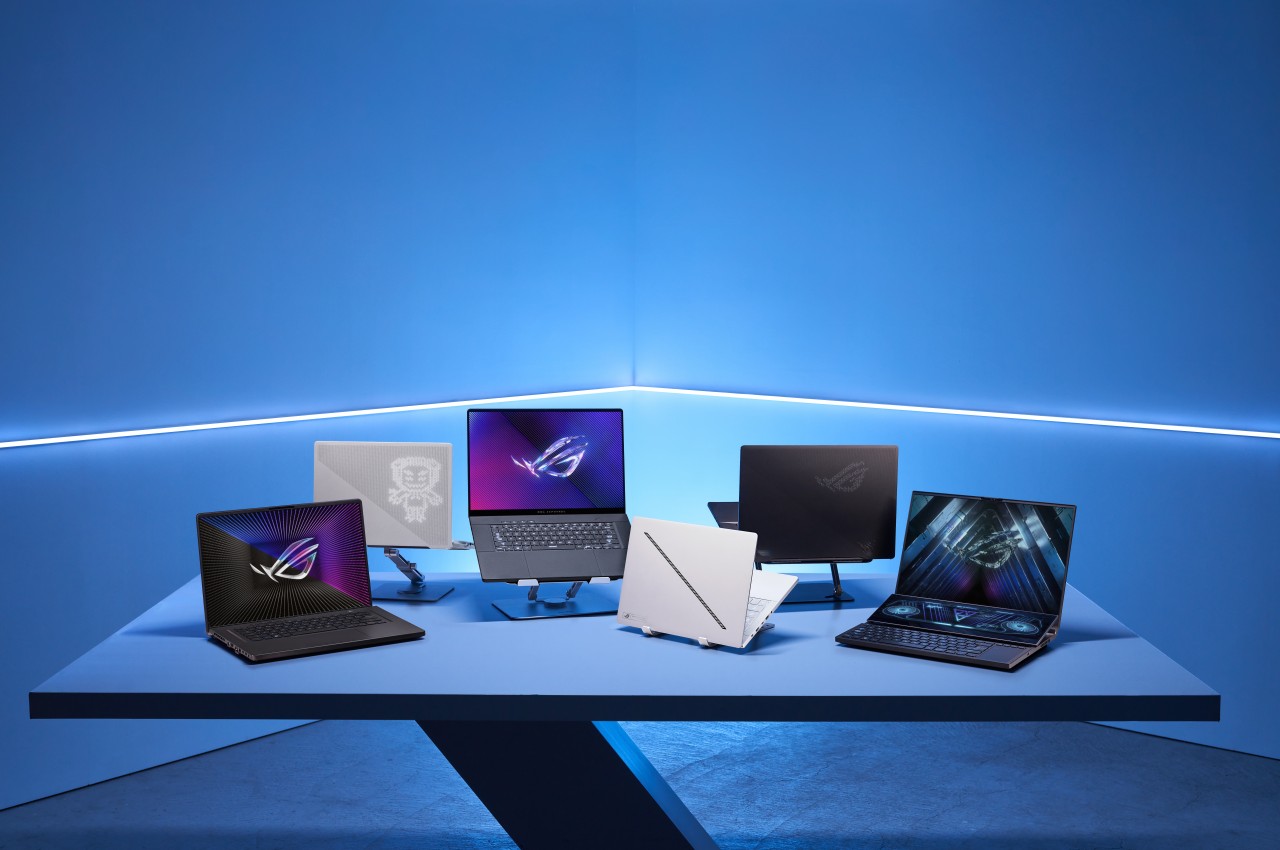



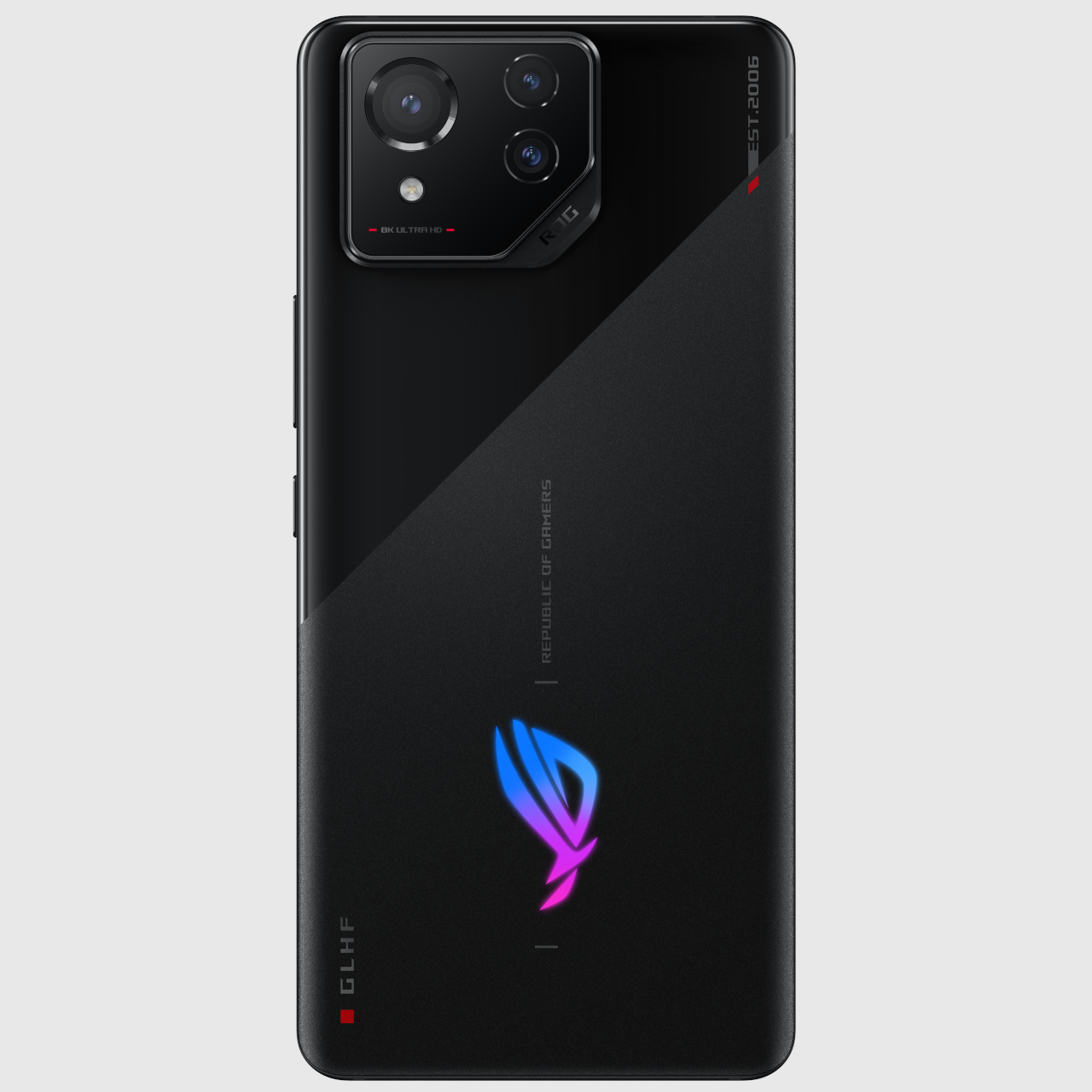
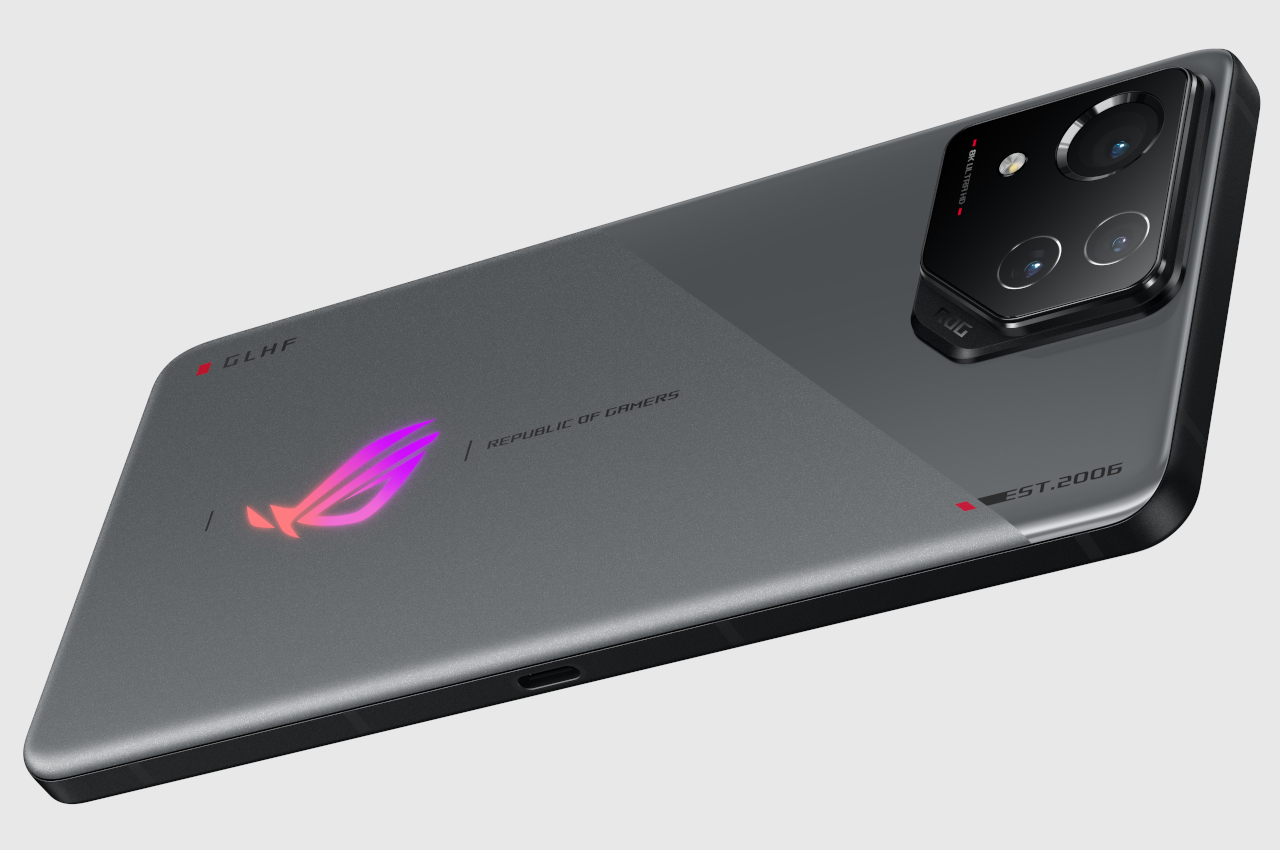
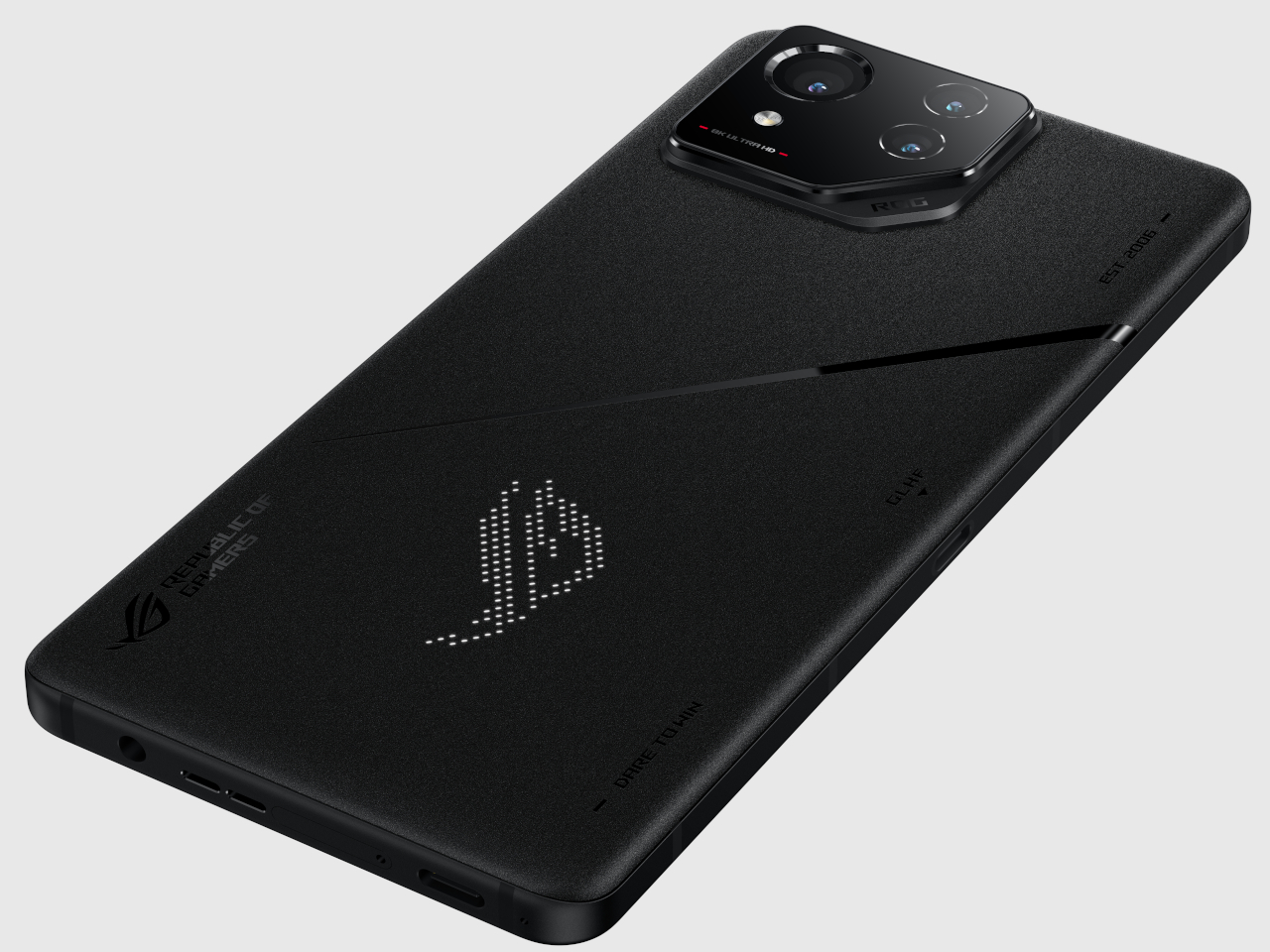












 8040 Series processors. All models come with up to NVIDIA GeForce RTX 4070 graphics, integrating NVIDIA’s RTX AI upscaling and Max-Q technology.
8040 Series processors. All models come with up to NVIDIA GeForce RTX 4070 graphics, integrating NVIDIA’s RTX AI upscaling and Max-Q technology.

